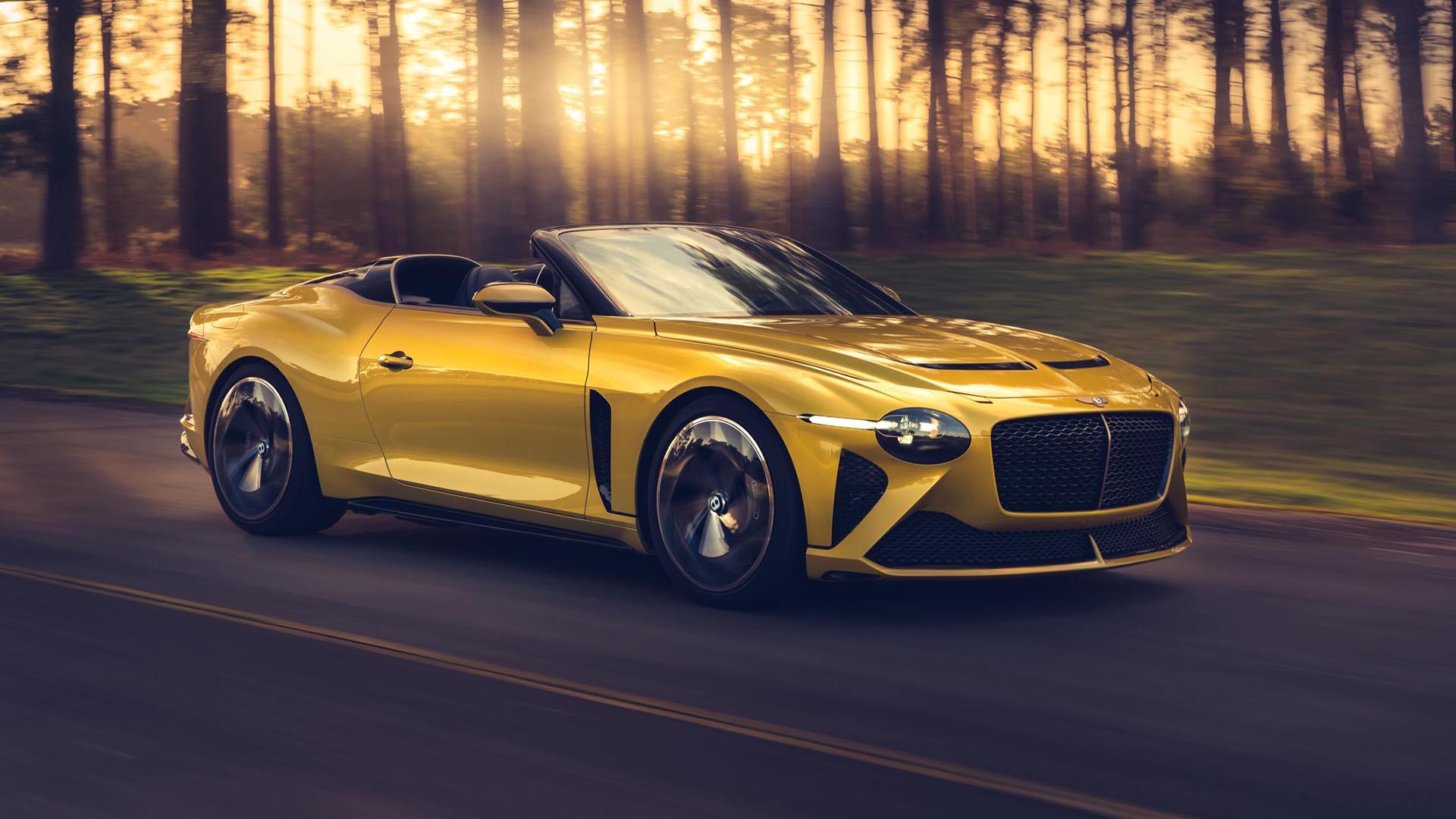
The Bentley story is a tale of innovation, success, failure, a loss of identity and a phoenix-like rise from the brink of oblivion. There are enough twists and turns to challenge even the best screenwriter, along with a cast of characters worthy of any Hollywood blockbuster. Here, we attempt to distill the history of Bentley into bite-sized chapters, piecing together the first 101 years of this famous brand, including the new Bentley Bacalar.
Bentley Bacalar
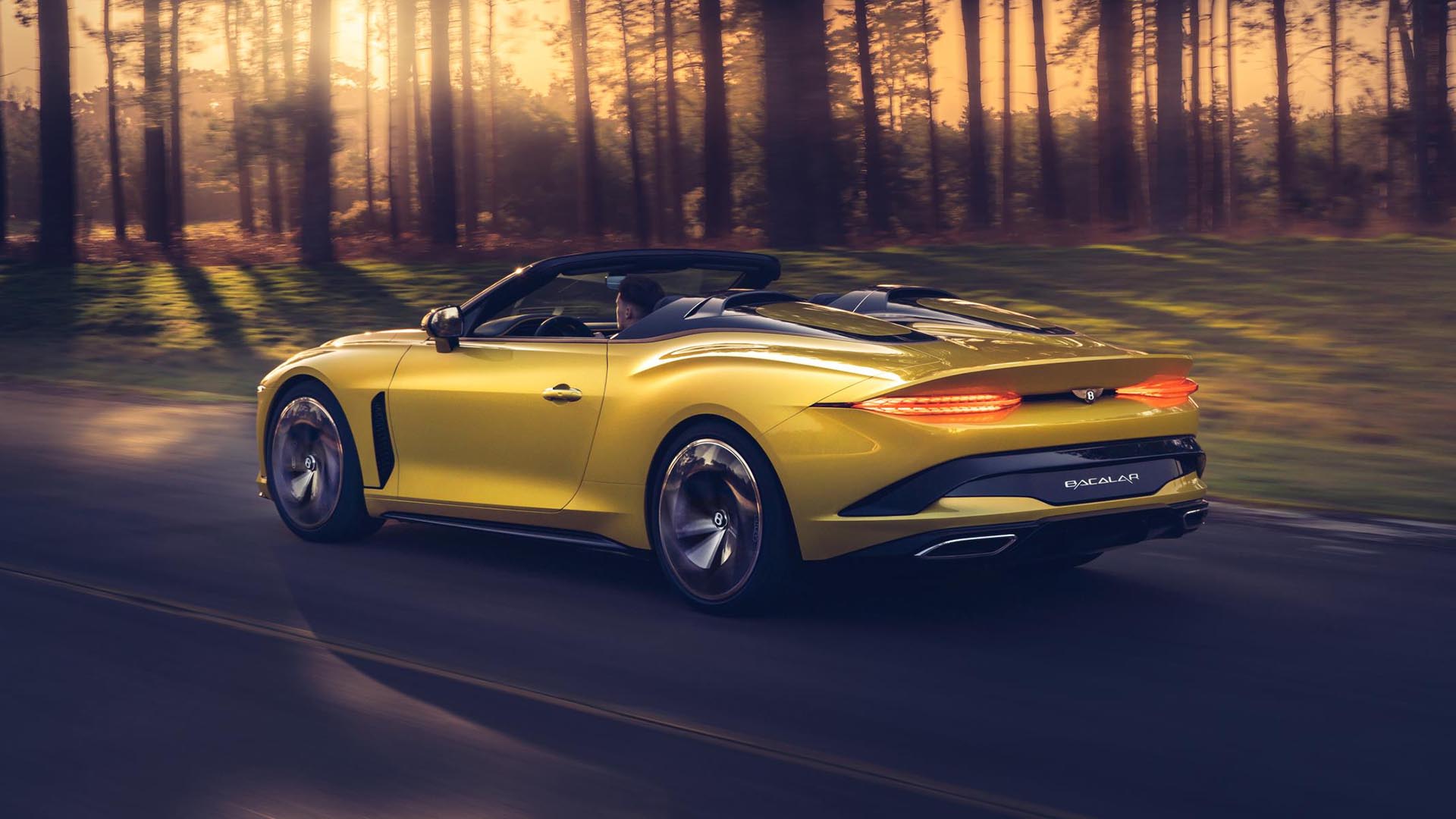
We start, perhaps surprisingly, with Bentley’s newest car. The two-seat Bacalar marks a return to bespoke coachbuilding for Bentley Mulliner, with just a dozen examples being made. The design is inspired by the EXP 100 GT concept (a car you’ll see later in this gallery), with power sourced from a 6.0-litre W12 engine developing 659hp and 667lb ft of torque. Highlights include paint containing rice husks, natural British wool and 5,000-year-old riverwood sourced from the ancient fenlands of East Anglia.
Read on to discover more about the history of Bentley.
W.O. Bentley
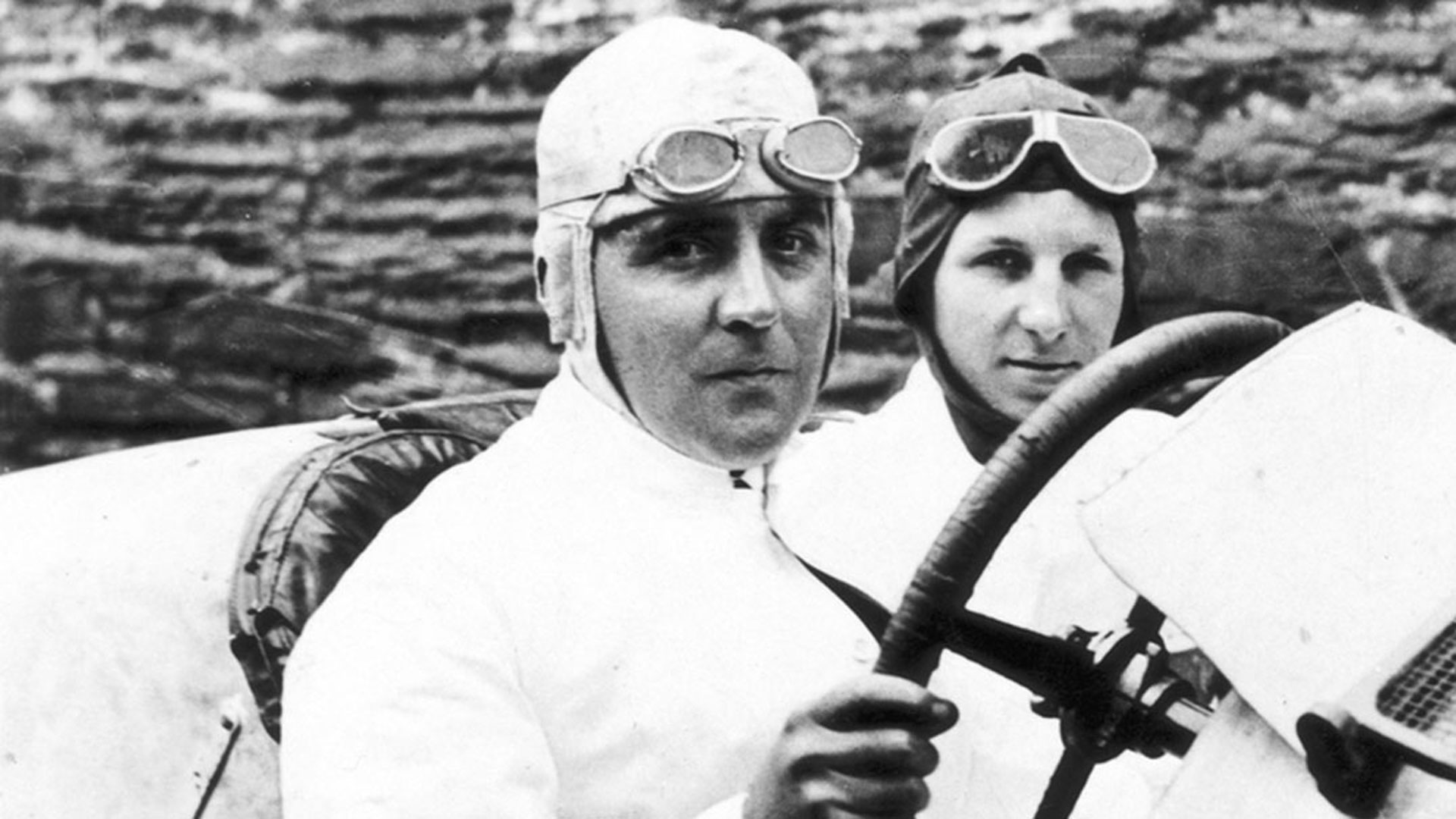
The story begins with Walter Owen (W.O.) Bentley, the son of a wealthy family living in London. Born in 1888, W.O. Bentley developed a fascination for steam engines and spent five years learning about locomotive engineering at the Great Northern Railway in Doncaster. While working for the railway, W.O. bought a 3hp Quadrant motorcycle and entered the 400-mile London to Edinburgh Trial, finishing with a gold medal. Further trials were entered, and it’s through these competitions that W.O. Bentley developed a love of speed.
Bentley and Bentley

In 1912, W.O. Bentley raised £2,000 and went into partnership with one of his brothers to form Bentley & Bentley: the British Empire concessionaires for Doriot, Flandrin & Parant (DFP). Bentley imported cars from this long forgotten French marque to race at Brooklands, with W.O. Bentley using his experience to extract more power from them.
Inspired by a paperweight
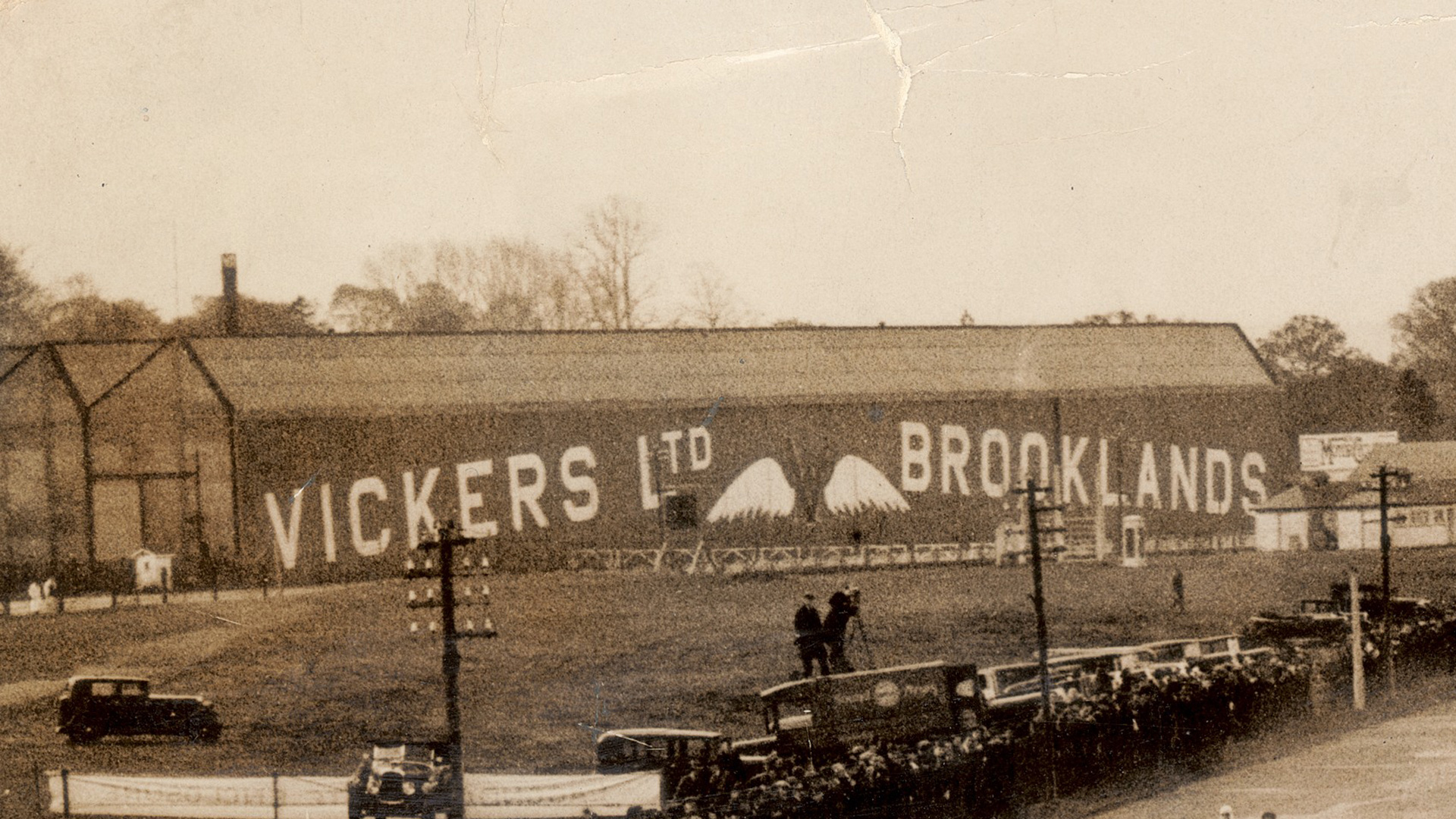
On a trip to the DFP offices in 1913, W.O. Bentley chanced upon an aluminium paperweight and wondered if this material could be used to create lightweight pistons. After some experimentation, he settled on a formula of 88 percent aluminium and 12 percent copper, with the new pistons helping him to set a new 89.7mph flying lap record for a flying mile at Brooklands. W.O. Bentley knew that racing was the best form of publicity for a car company, but his dreams of growth were put on hold by the outbreak of war.
W.O. Bentley’s career takes off
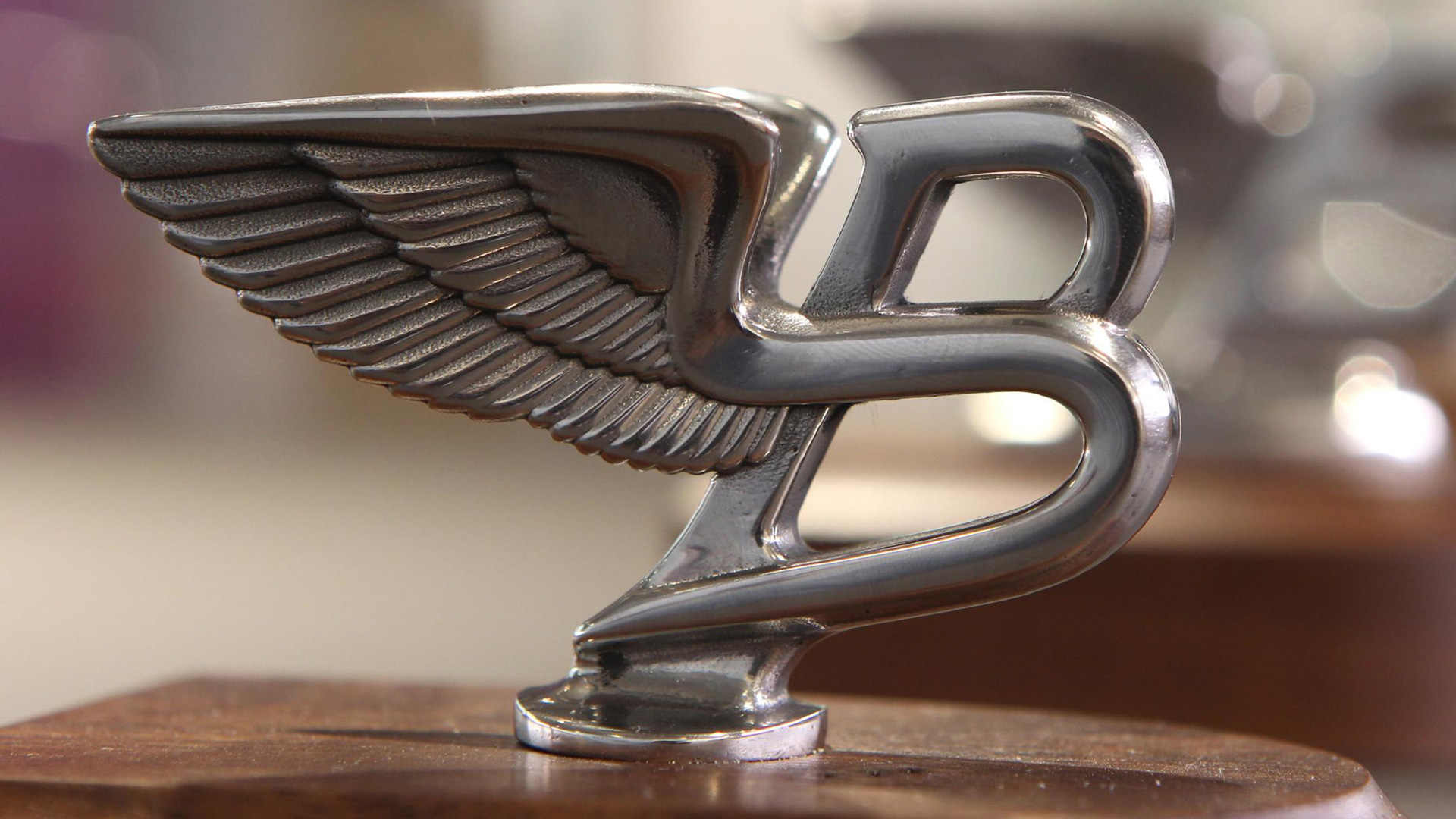
W.O. Bentley was pressed into military service as a captain in the Royal Naval Air Service. His aluminium pistons were used to great effect to create a fighter aircraft engine more reliable and powerful than previous versions, with the Bentley Rotary (BR.1) engine helping to make the Sopwith Camel the most successful British fighter aircraft of the war. A second BR.2 unit was developed, with W.O. Bentley’s efforts rewarded with a £1,000 gratuity and a royalty cheque of £8,000. With this working capital, W.O. Bentley was able to form Bentley Motors in 1919.
Bentley Motors
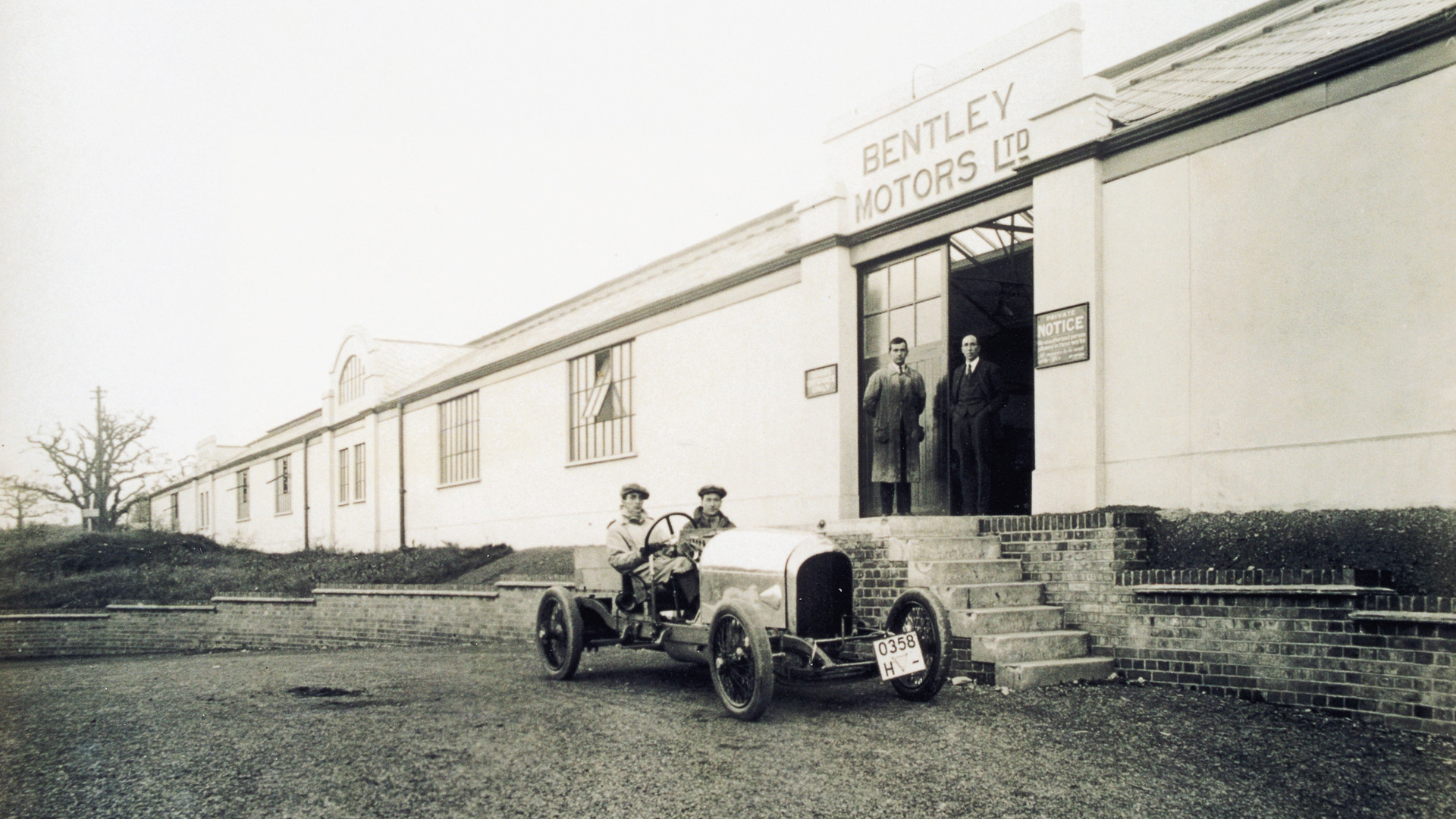
Bentley Motors was founded on 10 July 1919, underpinned by W.O. Bentley’s philosophy that “we were going to make a fast car, a good car, the best in its class”. His brother looked after the financial side of the business, delivering the regular cash injections required by W.O. during the development of the first Bentley cars. EXP 1 (Experimental No.1) was the first car to bear the Bentley name, with a 3.0-litre four-cylinder engine that put it years ahead of rival vehicles.
Bentley EXP 2
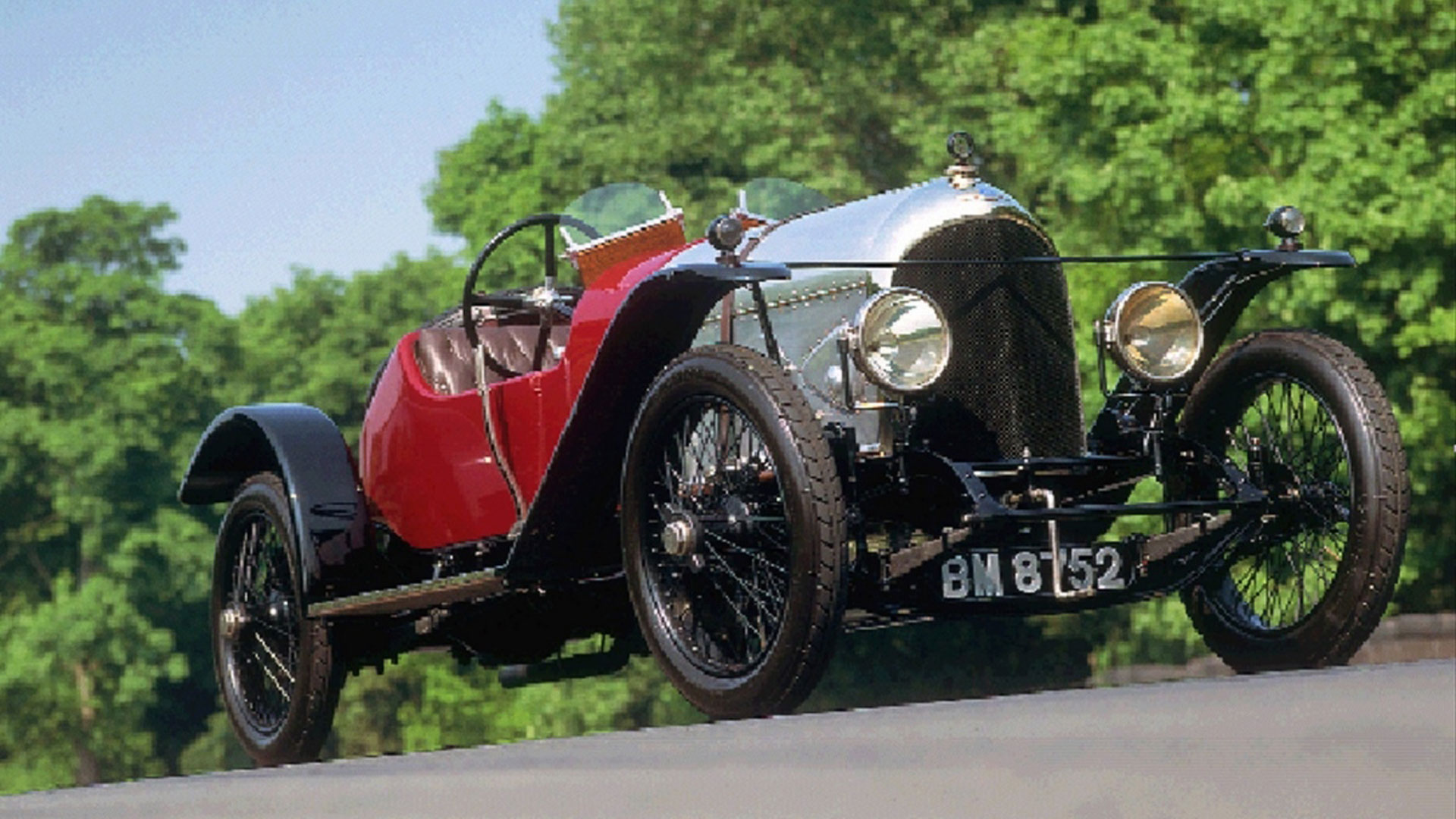
It took Bentley a year to build a chassis light and strong enough for the engine, with work carried out at a factory in Oxgate Lane, Cricklewood. Autocar said: “For the man who wants a true sporting type of light-bodied car for use on a Continental tour, the three-litre Bentley is undoubtedly the car par excellence.” EXP 2 was built in time for the Olympia Motor Show in November 1919, with a long list of clients eager to place hefty deposits. Deep pockets were required: a Bentley chassis cost the equivalent of three houses.
Bentley 3 Litre
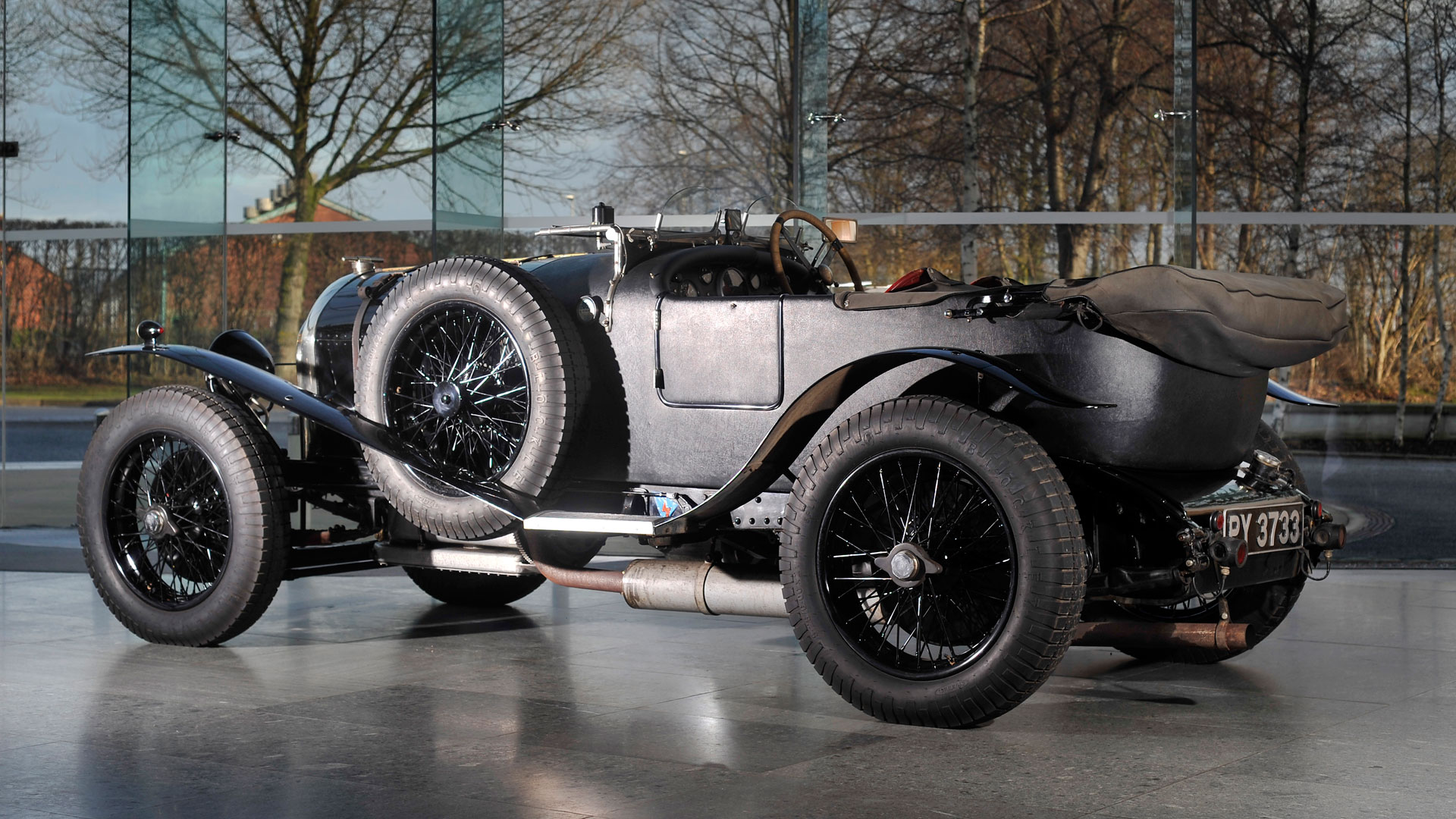
The EXP 2 development mule became the Bentley 3 Litre, but not before a huge amount of development work was carried out to improve refinement. The first 3 Litre was handed over to its buyer in 1921, by which time the price had jumped from £750 to £1,100. Meanwhile, EXP 2 won its debut race at Brooklands in 1921, with the production 3 Litre models adding a string of victories to Bentley’s name. The model pictured is a 3 Litre Supersports.
Le Mans 24 Hours
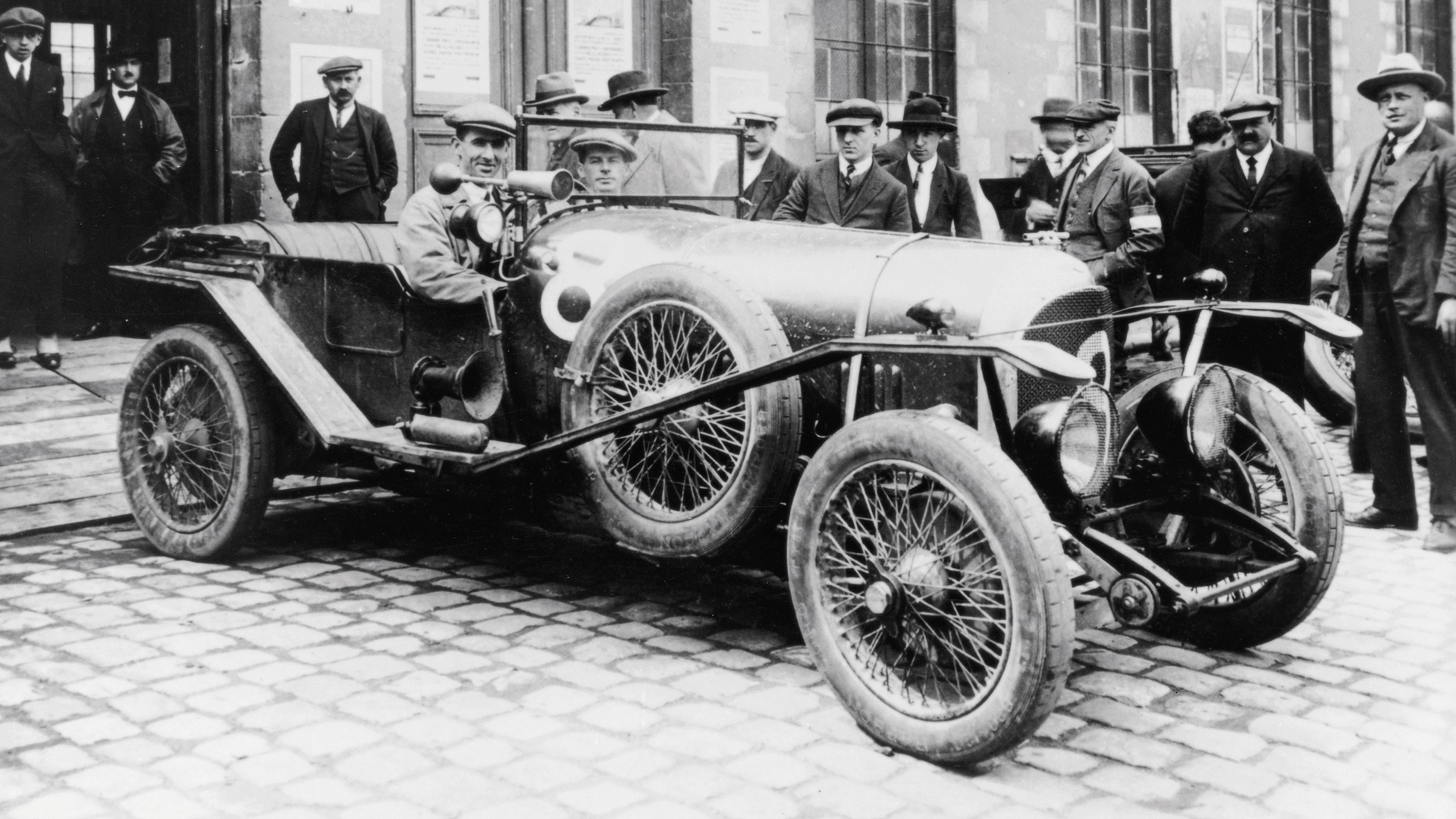
In 1923, John Duff (pictured here at the wheel) asked W.O. Bentley if he could enter a car in the newly formed Le Mans 24 Hours race. W.O. was against the idea, saying: “I think the whole thing is crazy. Cars aren’t designed to stand that sort of strain for 24 hours.” But Duff got his way, with W.O. supplying a car, a driver and a couple of mechanics, and even making a surprise visit to France to watch the race. It was worth it, with works driver Frank Clement finishing fourth and securing a fastest lap.
Success at Le Mans
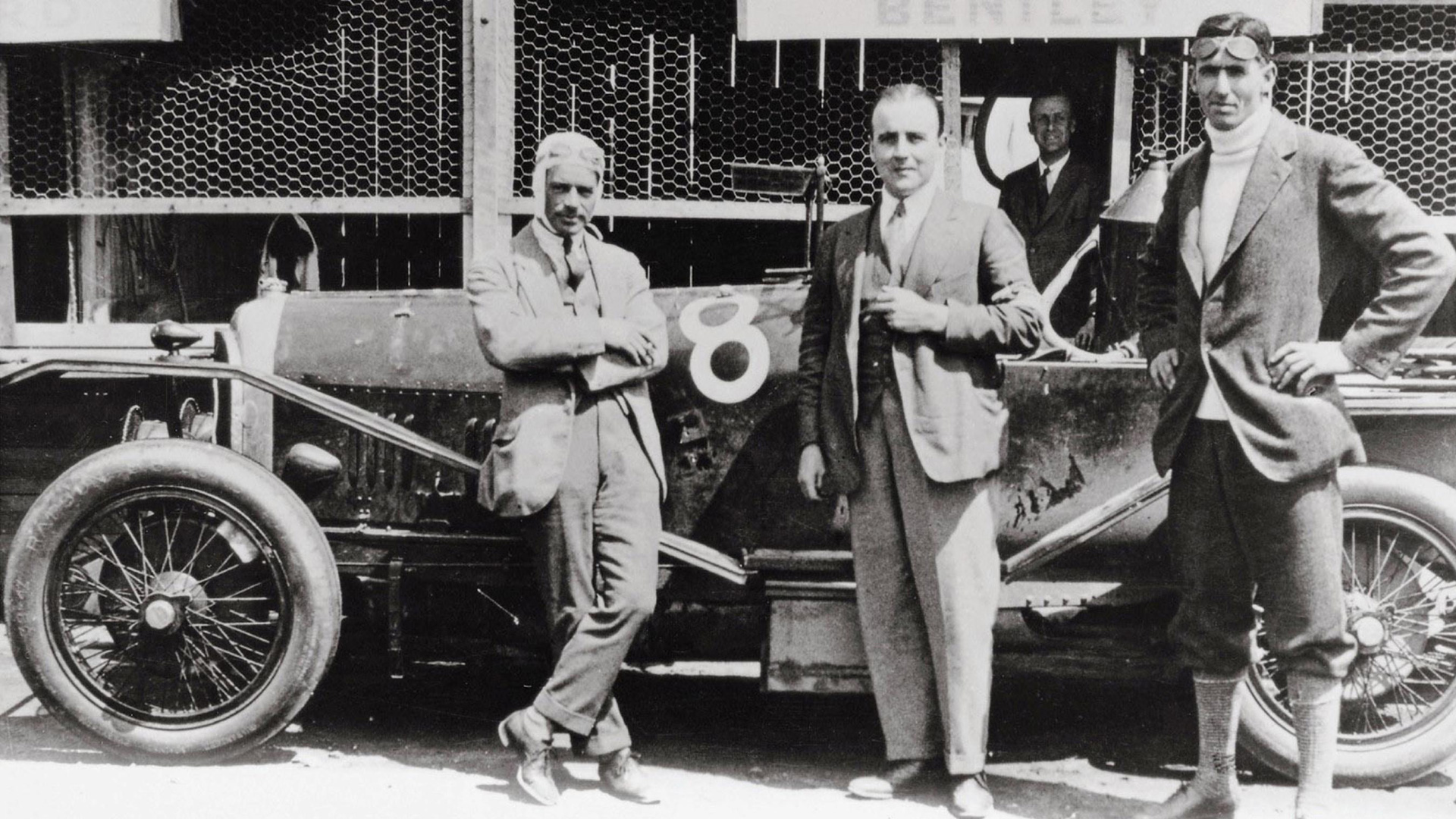
A year later, Bentley returned to Le Mans with the full backing of the factory, with Captain John Duff and Frank Clement romping home to victory in a Bentley 3 Litre. This was the first of six Le Mans wins, including four consecutive victories from 1927 to 1930. Le Mans was instrumental in the early success of Bentley, with the victories generating a huge amount of exposure for the brand.
Bentley 6.5 Litre and Speed Six
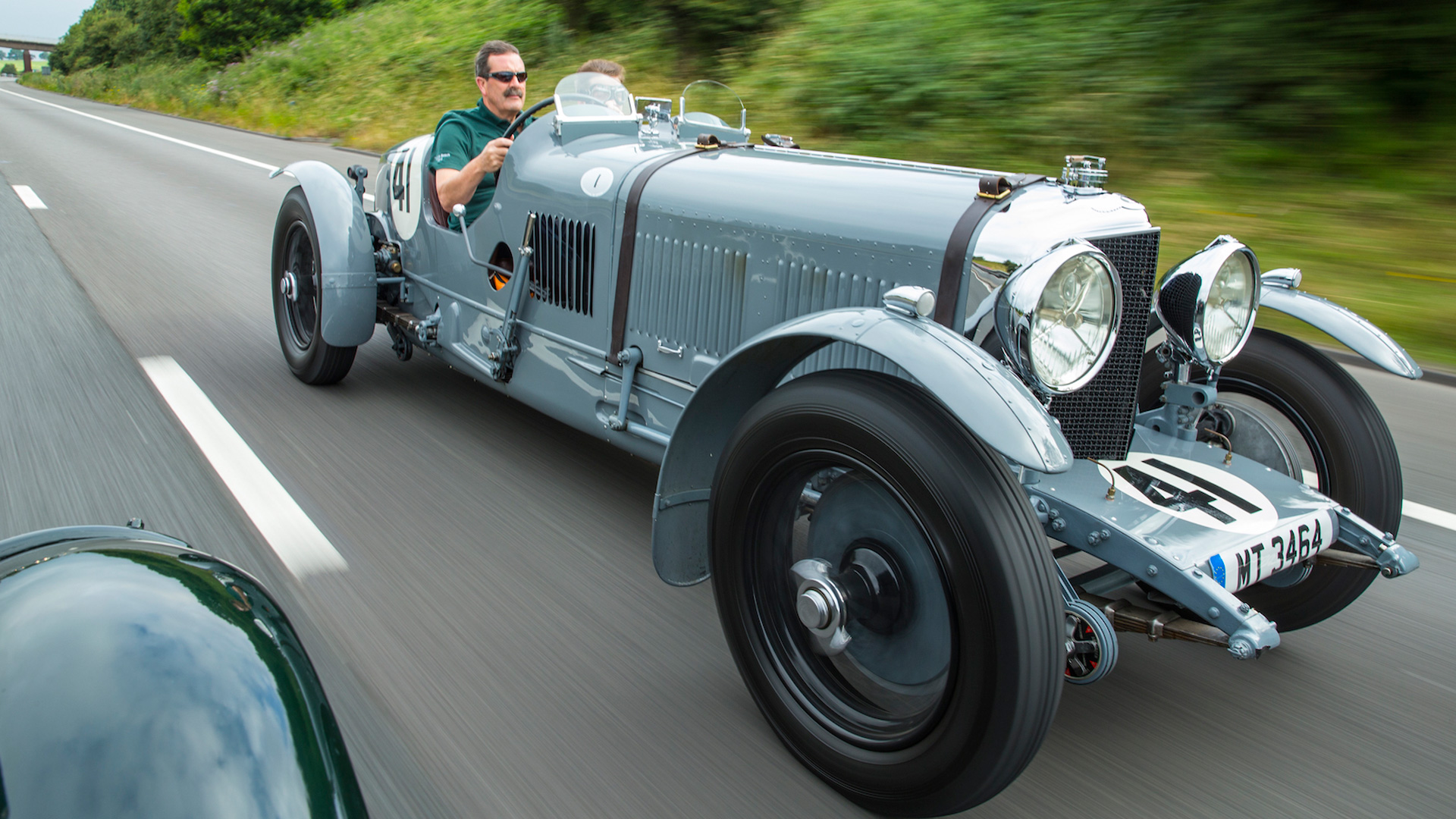
From 1919 to 1940, all Bentleys left the factory as rolling chassis, with the bodies created by coachbuilders such as Mulliner, Park Ward, Vanden Plas and Gurney Nutting. Away from the track, Bentley launched the 6.5-litre as a rival to the Rolls-Royce Phantom, which in turn developed into the Speed Six – the most successful racing Bentley. Meanwhile, the company’s image was enhanced and its profile raised by the so-called Bentley Boys.
Bentley Boys
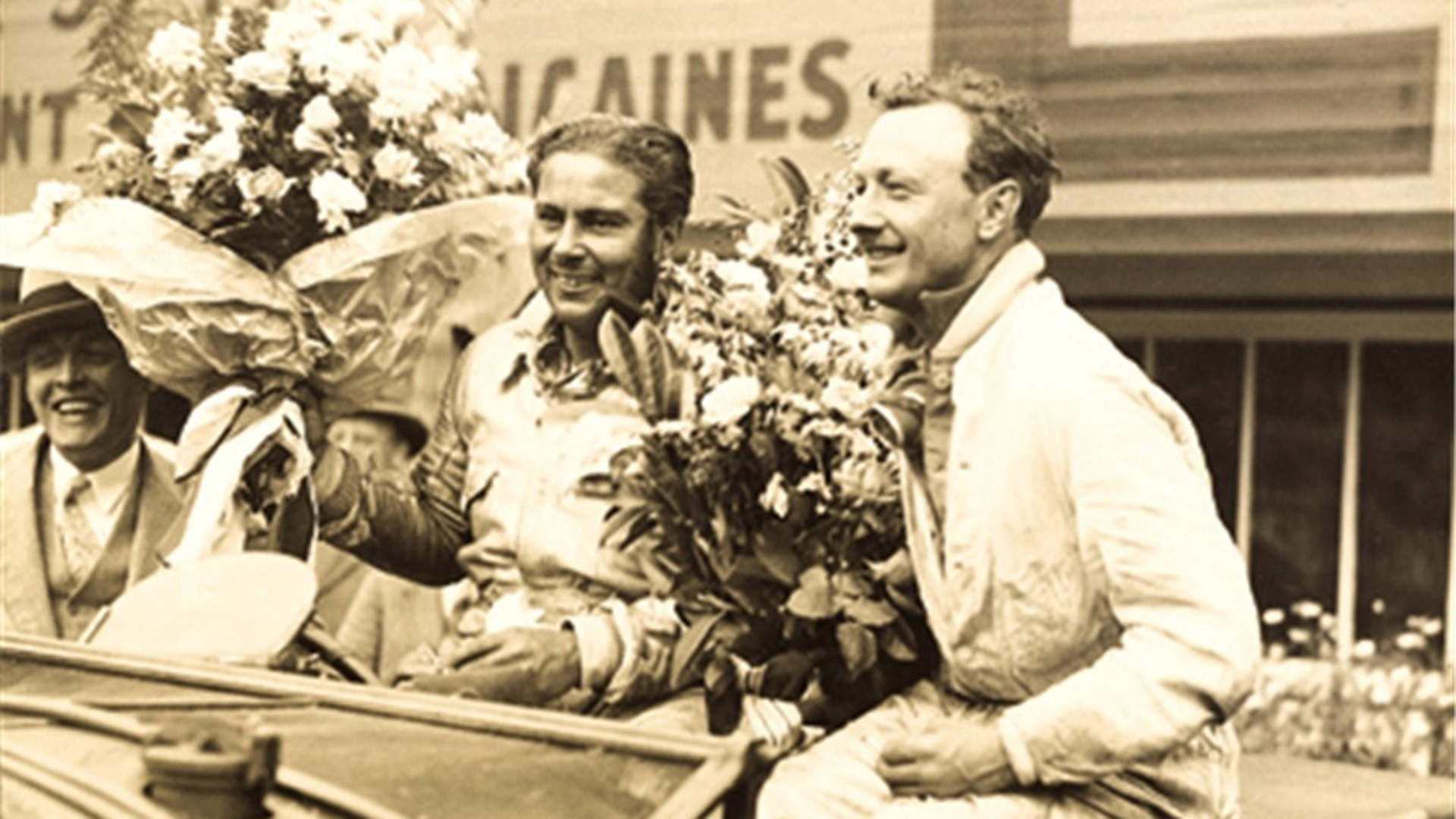
Having survived the Great War, these rich men were determined to live life to the full and had the feeling of invincibility. Notable Bentley Boys included Sir Henry ‘Tim’ Birkin and Woolf Barnato, the heir to the Kimberley diamond mine fortune who spent the equivalent of a house on parties every week. Both Birkin and Barnato were instrumental in shaping the direction of the company.
Woolf Barnato
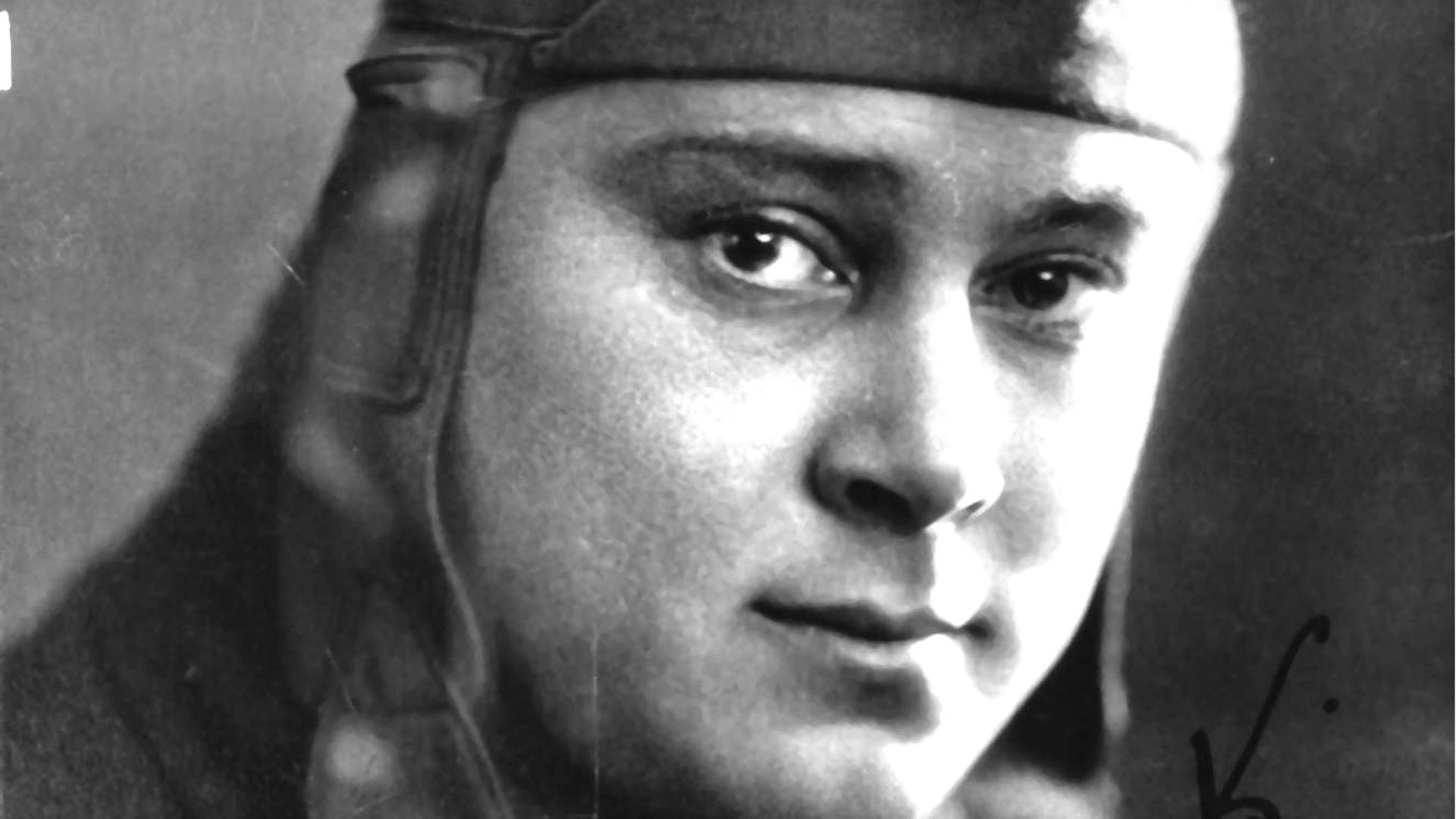
The development of the 6.5 Litre in 1926 pushed Bentley to breaking point, to the extent that Woolf Barnato effectively bought the company by injecting £100,000 into the business just to keep it afloat. The cash saved Bentley from bankruptcy and ensured that Barnato could continue to race the cars he knew and loved.
The Blue Train
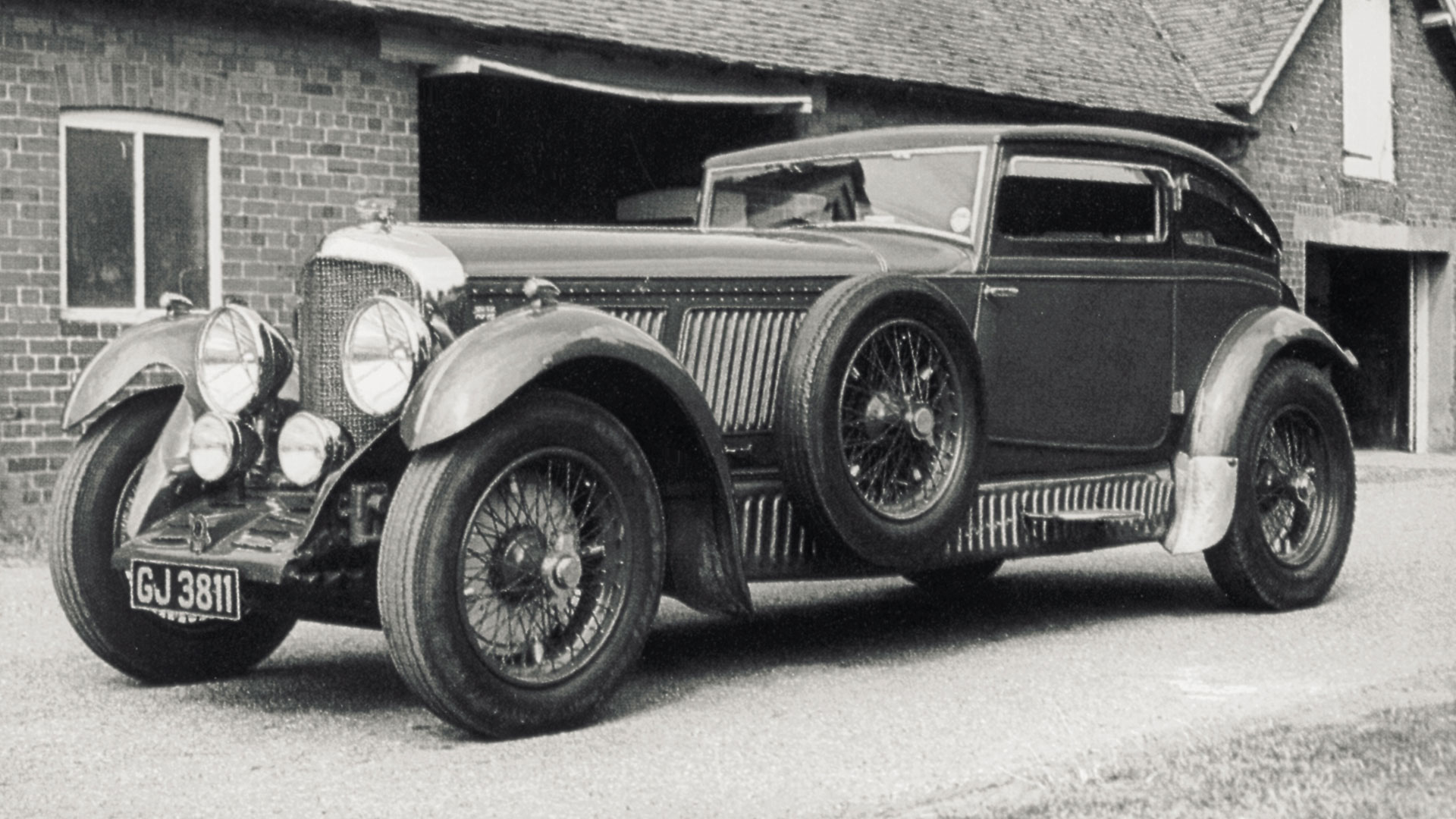
In March 1930, Barnato was at a dinner party on a yacht near Cannes when he bet £200 that his Bentley Speed Six could beat the Blue Train from Cannes to Calais. Nobody took the bet, but Baranto was determined to do the run anyway, so at 5.45pm the next day he left the Carlton Bar and set off for Calais. Not only did Barnato beat the Blue Train to Calais, he even managed to reach the Conservative Club in London before the train arrived in the French port.
Bentley Blower
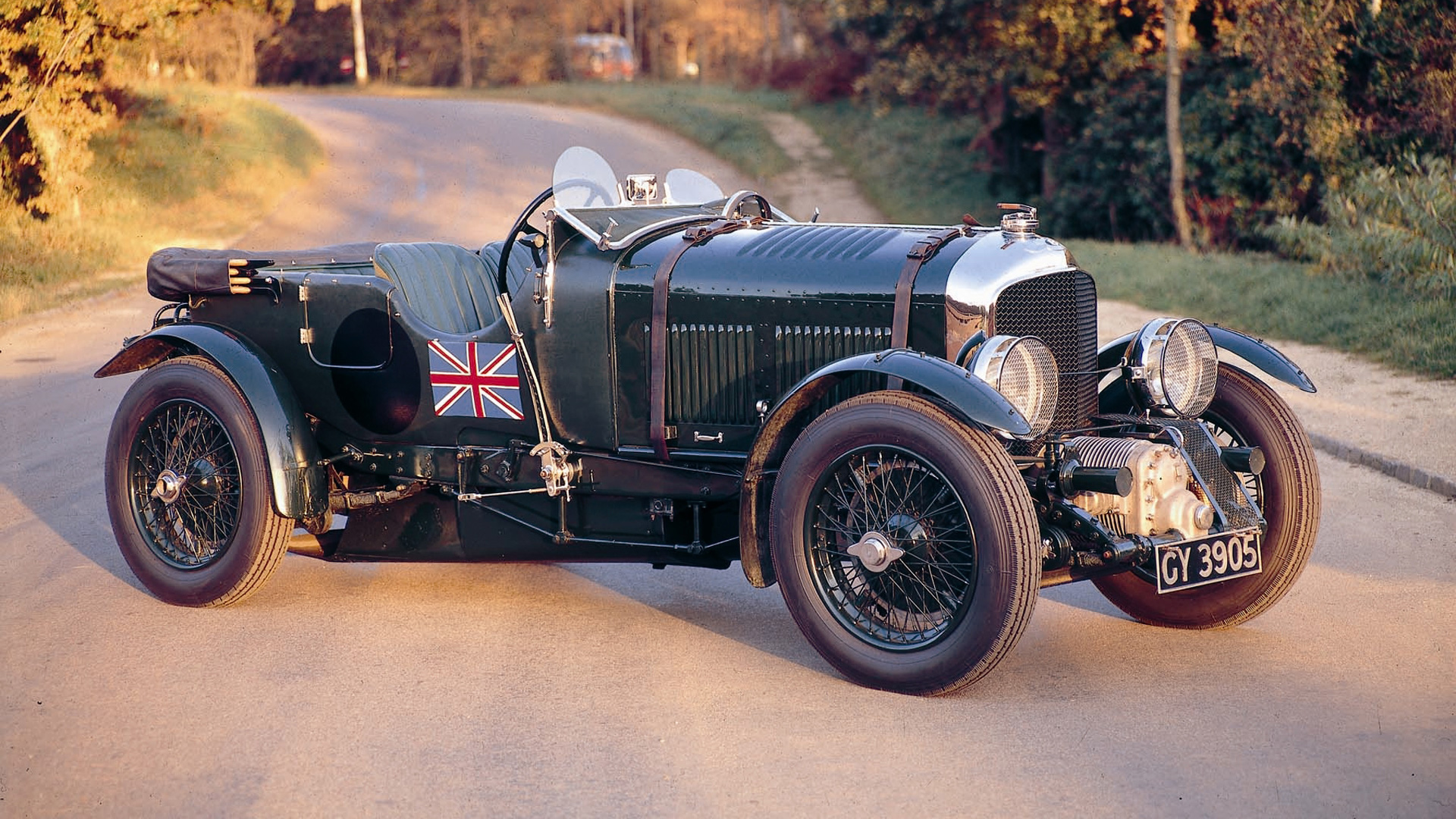
Arguably the most famous Bentley of all time, it’s a little ironic that the ‘Blower’ was the least successful Cricklewood car in competition. Although W.O. Bentley was against supercharging, Tim Birkin convinced chairman Woolf Barnato to approve the project, with W.O. reluctantly agreeing to the formation of a separate company in Welwyn Garden City. The Blower was quick, but it was also horrendously thirsty and unreliable, serving to hasten the decline of the company. That said, it helped to put Bentley on the map, despite never winning a serious race.
Bentley 8 Litre
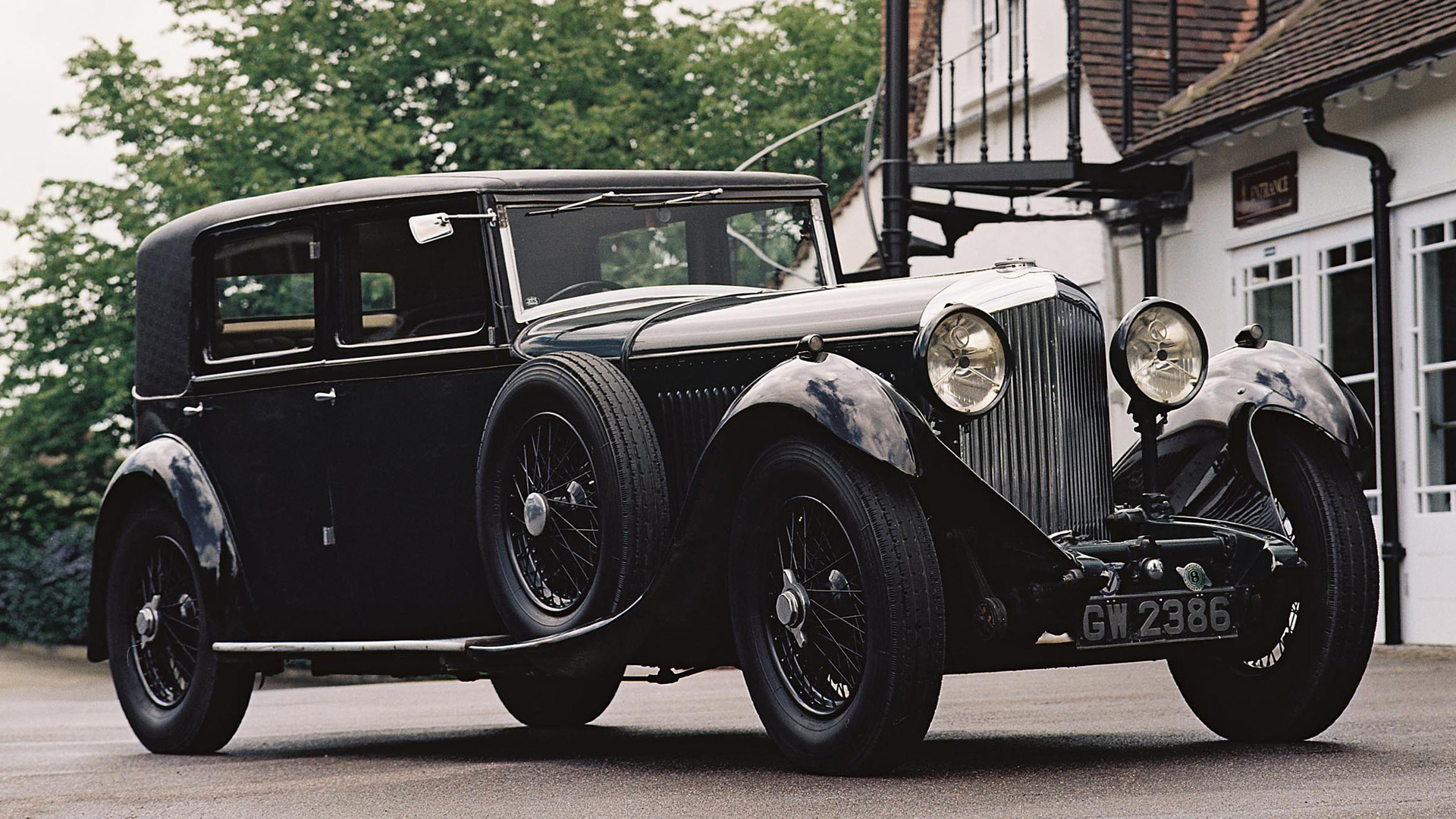
Bentley had its best year in 1929, with the company seeing a profit, but it chose the wrong time to develop the largest capacity car in the UK. The 8 Litre was a phenomenal car – it could top 100mph whatever the coachwork – and Rolls-Royce was seriously worried about the competition. But the Wall Street crash of 1929 sent the global economy into meltdown, with the market for the 8 Litre all but disappearing. W.O. said: “I have always wanted to produce a dead silent 100mph car, and now I think that we have done it.” Rather fittingly, just 100 were built.
The end of the W.O. era
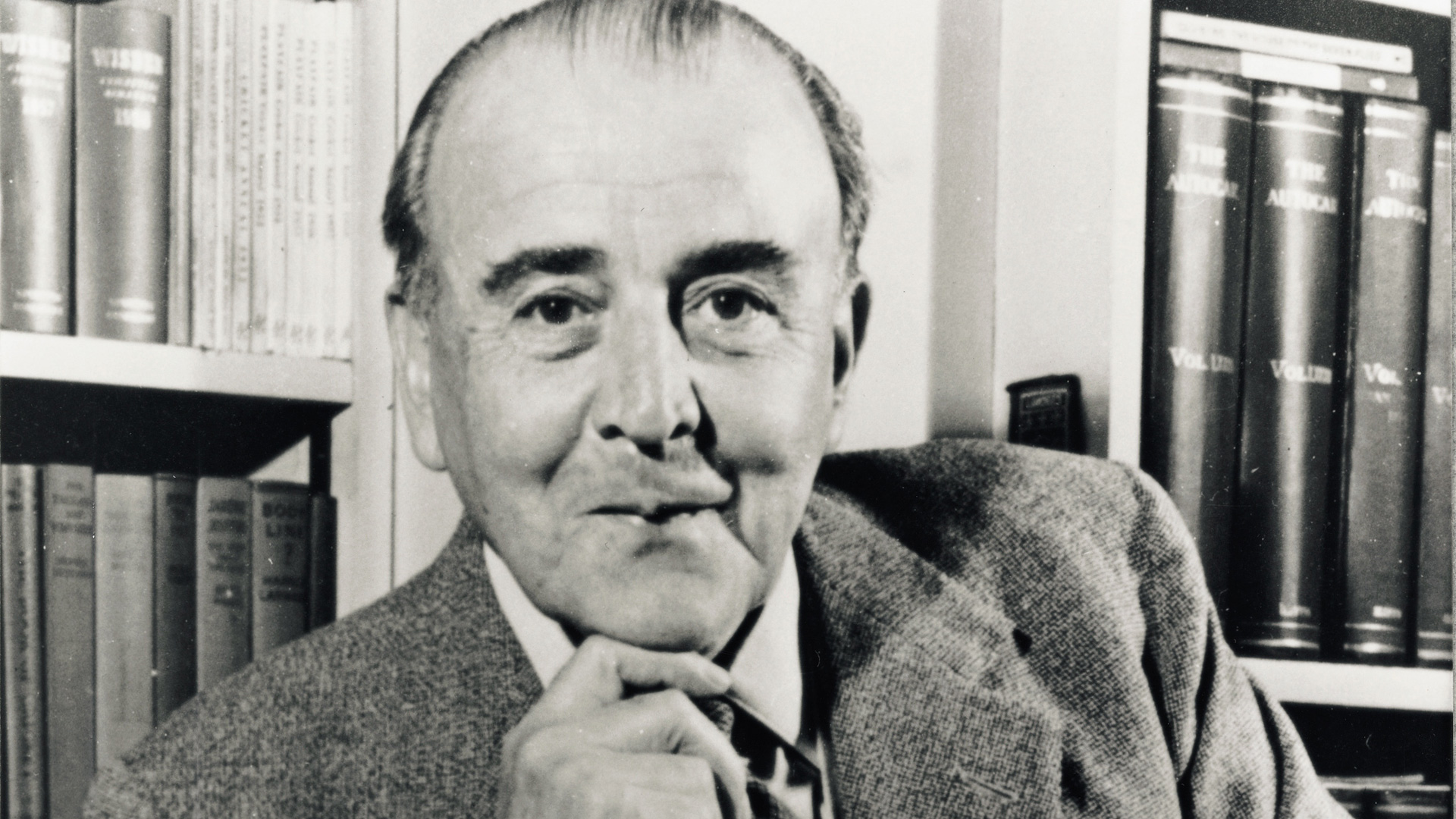
This was to be a dark era in the history of Bentley, with the company teetering on the brink of insolvency in 1930 and W.O. nearly sacked in September of that year. The company was kept afloat by Woolf Barnato, until his advisors told him to stop. Everything pointed to a takeover by Napier, but the bosses at Rolls-Royce knew that this would represent a serious threat to their business.
Rolls-Royce takeover
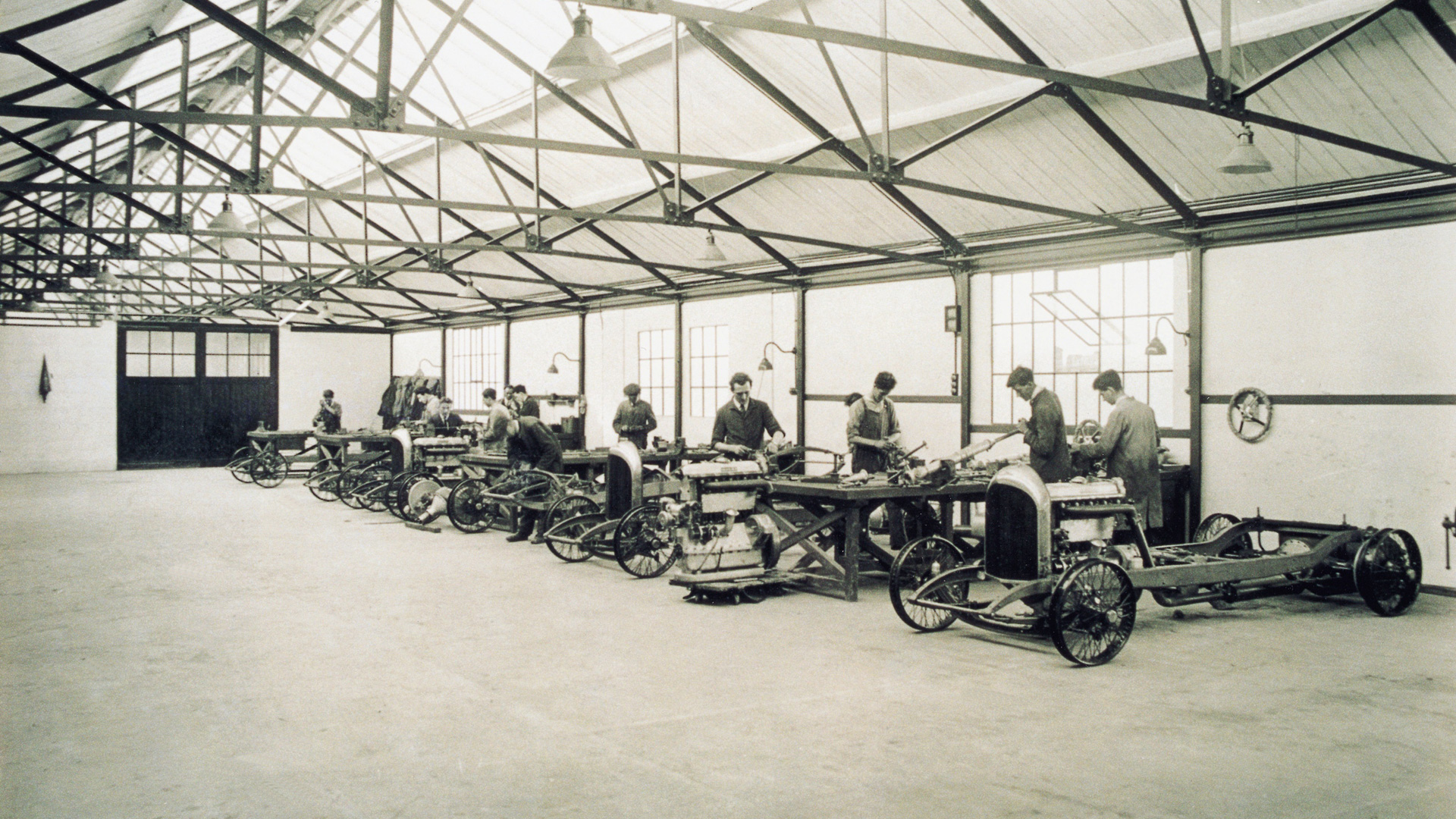
Bentley received a bid of £125,275 from the British Central Equitable Trust on behalf of Rolls-Royce, leaving W.O. shocked and the company’s future hanging in the balance. The Cricklewood factory (pictured) was closed, production ceased and the Bentley brand effectively disappeared for two years. Worse still, Rolls-Royce failed to make use of W.O. Bentley’s considerable talent and he was given a job test driving cars across the continent. Later, he left and moved to Lagonda, dying in 1971 at the age of 82.
The Silent Sports Car
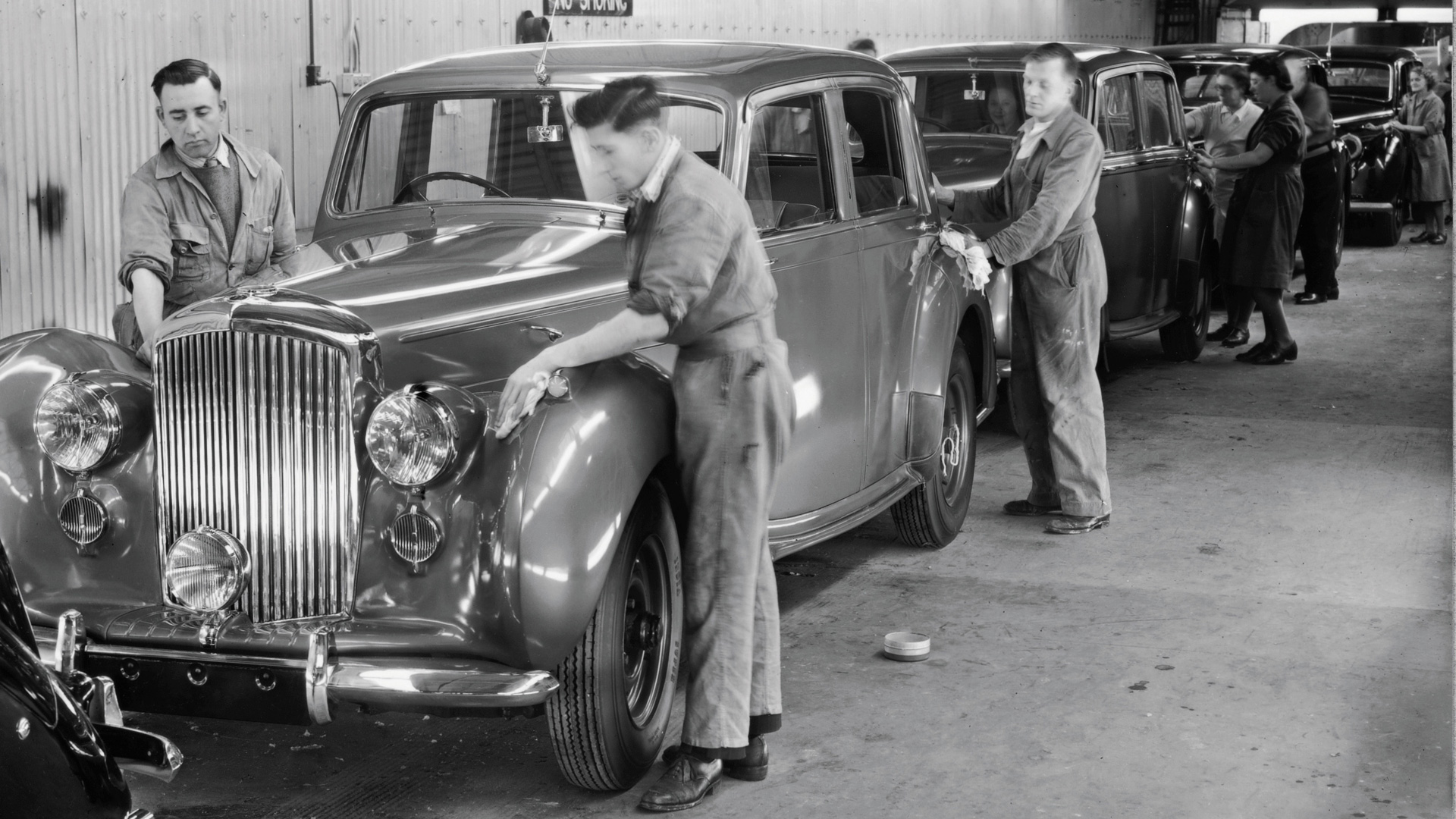
In stark contrast to the stern and formal feel of Rolls-Royce, Bentley had a colourful and sporty image. But the 1930s and 1940s were dark years for Bentley. In 1938, the Glass’s guide failed to list prices for Bentleys because the cost of repairs far outweighed the value of its cars. After the Second World War, the Rolls-Royce and Bentley cars rolling off the production line were virtually identical.
Bentley R-Type Continental
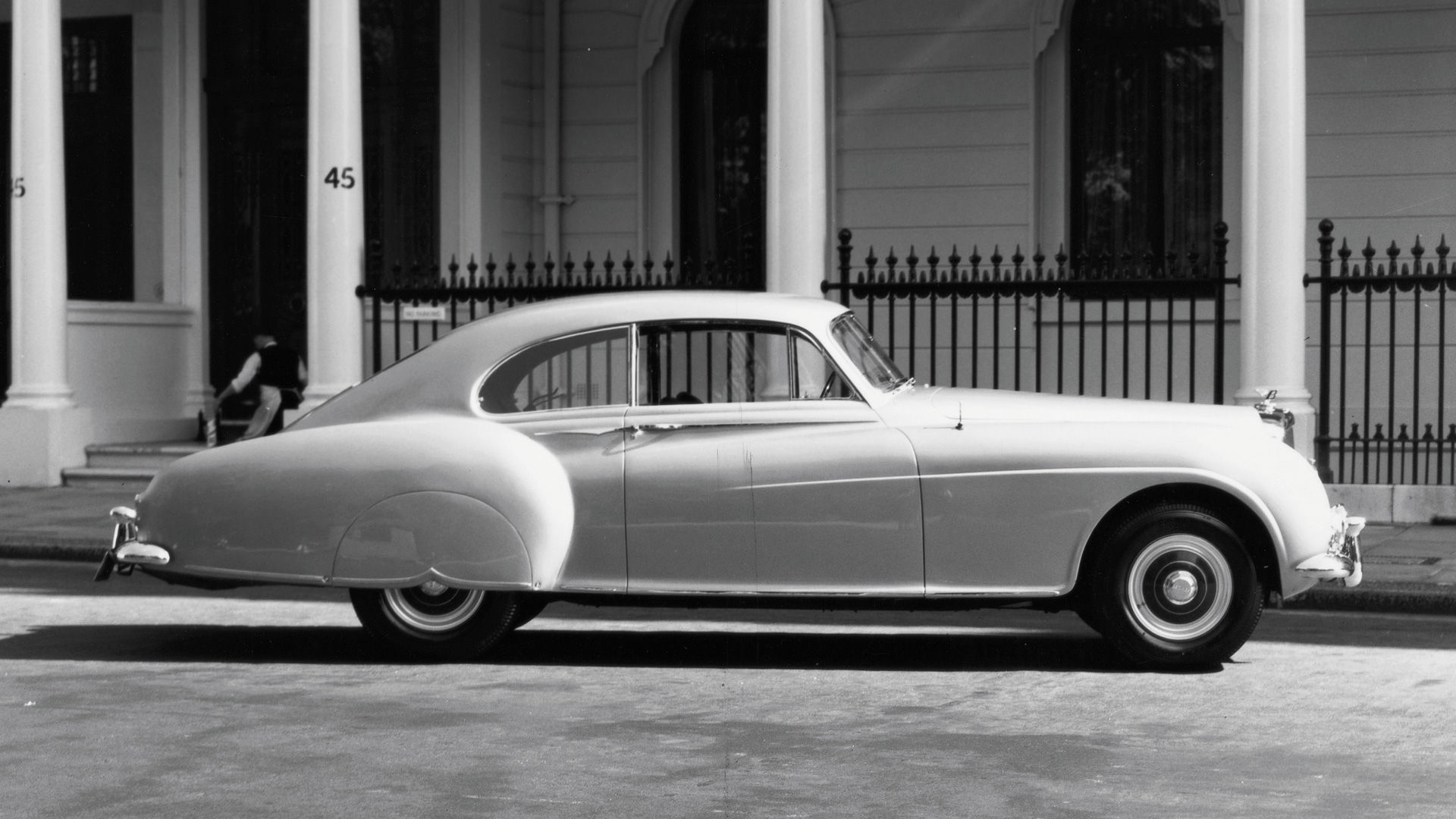
The Mark VI was the first Crewe Bentley and the first to be delivered with a body, but the R-Type Continental was one of the most desirable cars of the 1950s. It resembled the Mark VI, but could hit 100mph in third gear before reaching a top speed of 120mph. At the time, it was the fastest four-seater car in the world. In 1955, Bentley launched the S1, which was essentially a Rolls-Royce Silver Cloud with a different grille and badging.
Silver Shadows and minor miracles
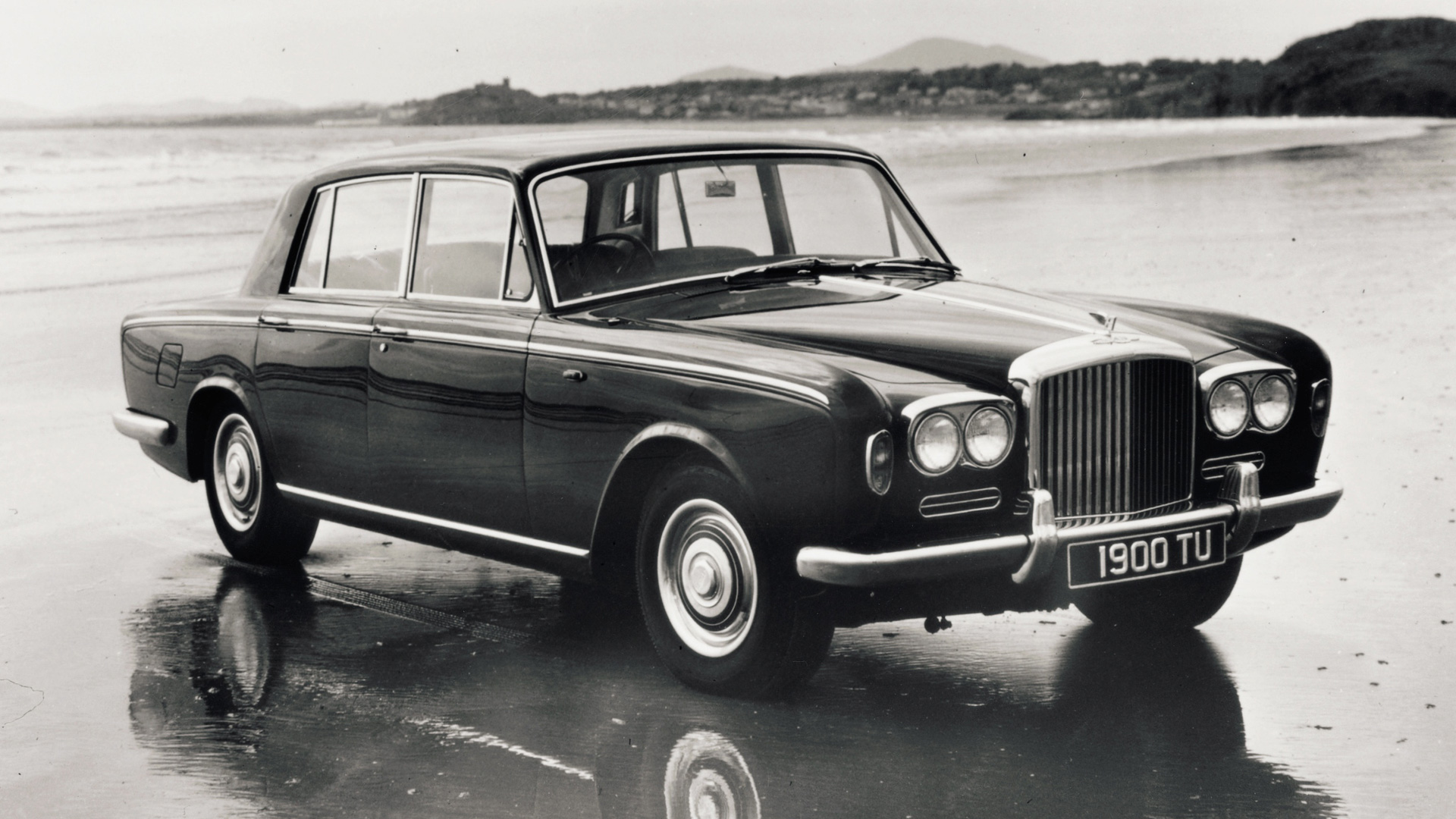
The trend continued throughout the 1960s and 1970s, with the T Series little more than a Rolls-Royce Silver Shadow with a different grille and badge, not to mention the first Bentley with a monocoque chassis and body. The image so carefully cultivated by W.O., Barnato and Birkin appeared to be lost, although the Bentley Drivers Club did its best to keep the legend alive. By the 1970s, Bentley accounted for just five percent of production at Crewe – it’s a minor miracle that the brand survived.
Vickers and a new era
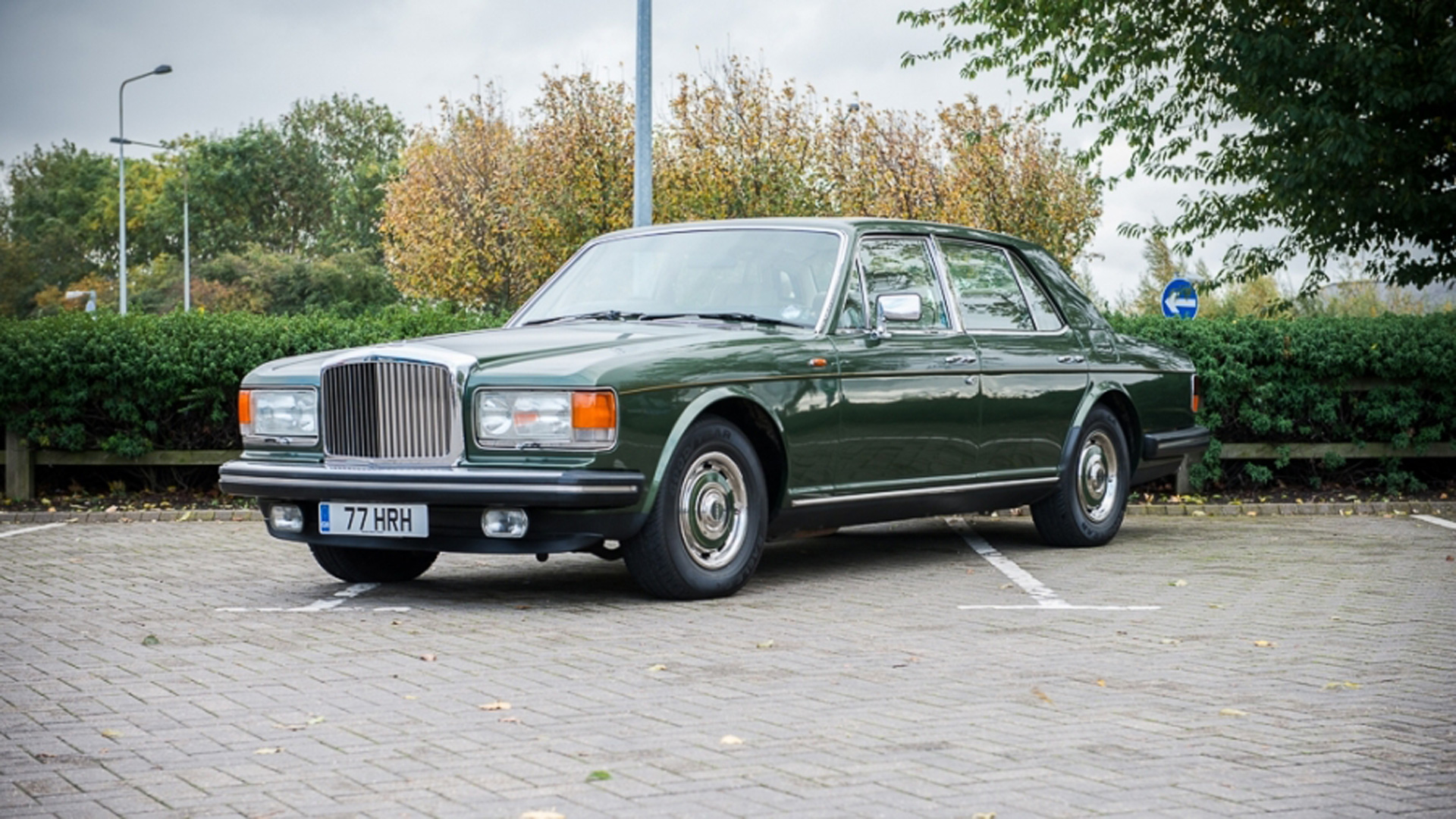
In 1980, British defence company Vickers bought Rolls-Royce, signalling the start of a new chapter for Bentley. Against all the odds, Bentley rose again, with Rolls-Royce realising that the brand’s sporting heritage could be used to great effect. The turbocharged Mulsanne was the last roll of the dice and became a surprise hit of the 1982 Geneva Motor Show. Here was a car weighing 2,200kg that could hit 60mph in just seven seconds. With a top speed of 135mph, it was the fastest production Bentley in history.
Restoring the balance
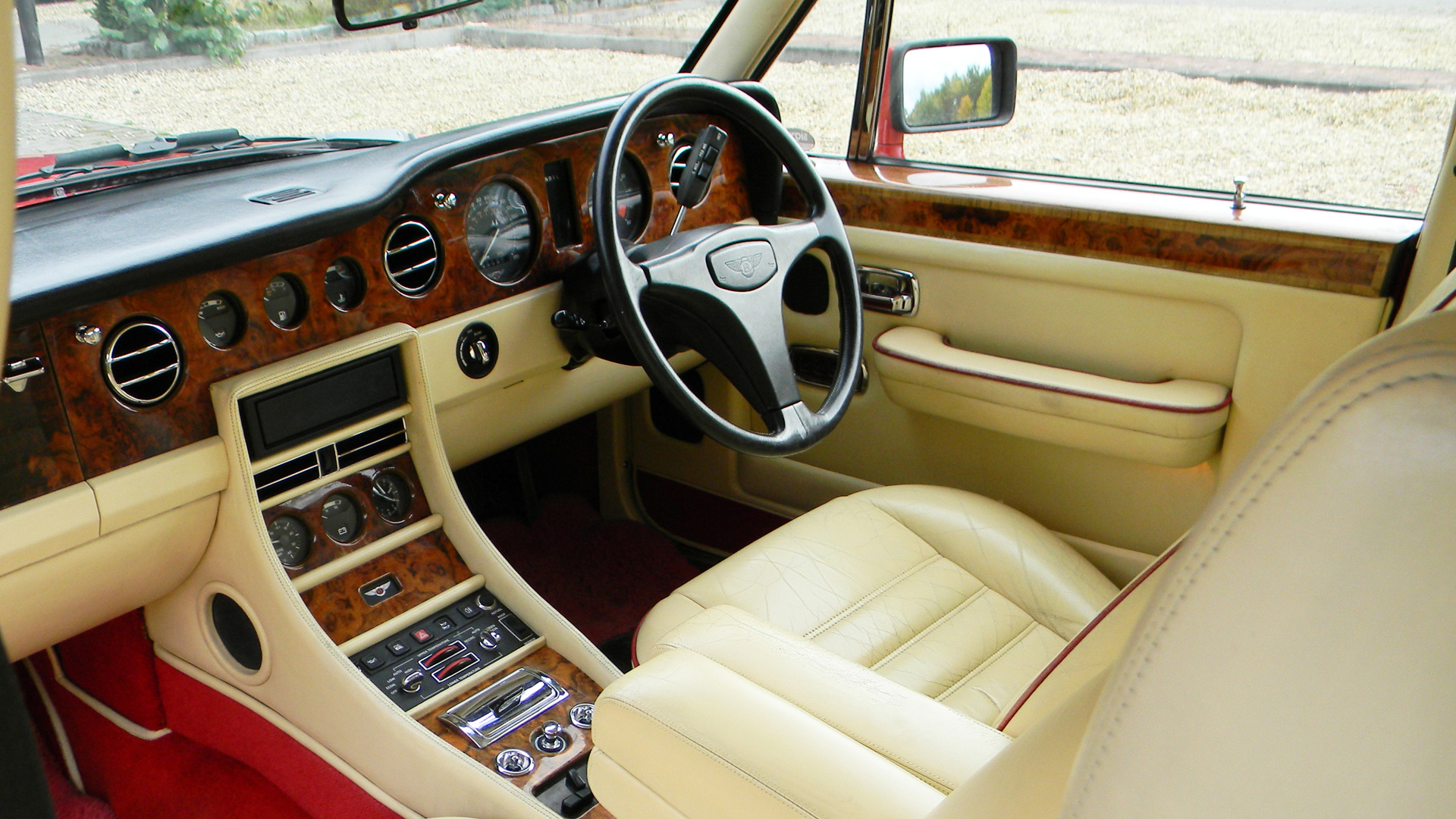
The Bentley renaissance continued with the Eight of 1984, which featured a chrome wire-mesh grille to recall racing Bentleys of the past. This, along with the Turbo R, helped Bentley to achieve a 50/50 production share with Rolls-Royce, with Bentley going on to outsell its owner by two-to-one. The 1980s was a good decade for Bentley.
A new identity
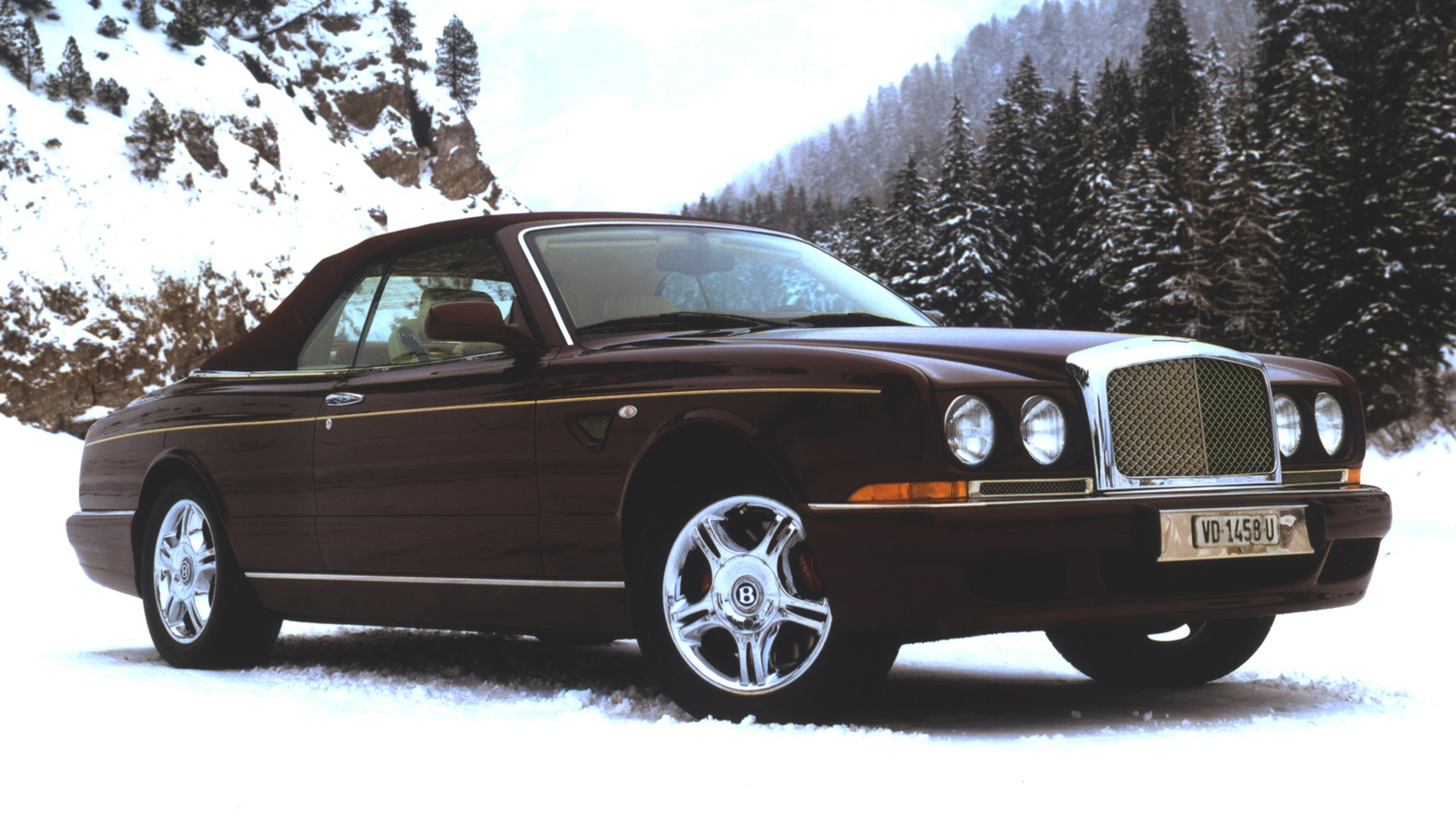
The positive vibes continued into the 1990s, with the Continental R of 1991 the first Bentley since 1965 that didn’t look like a Rolls-Royce. The rebodied Turbo R was powered by a 6.75-litre V8 good for 150mph and commanded a two-year waiting list. In 1993, the four-door Brooklands replaced the Eight and Mulsanne, with a host of new products arriving in the second half of the decade. The Pininfarina-designed Azure of 1995 was the most powerful four-seat convertible in the world.
Volkswagen and another new era
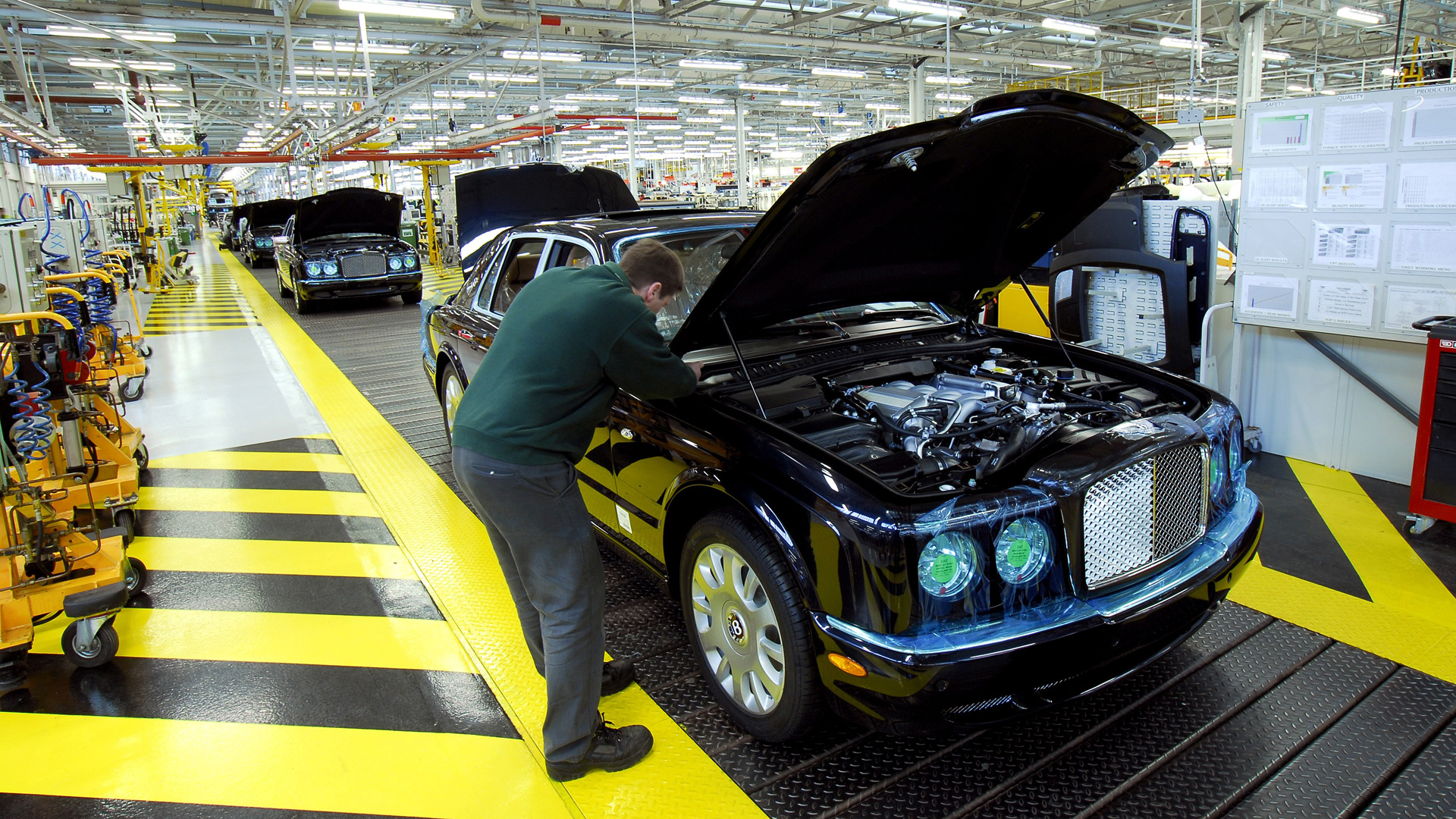
In 1998, Volkswagen believed it had purchased Rolls-Royce and Bentley from Vickers. But it transpired that Vickers did not own the rights to the Rolls-Royce name, which was subsequently bought by BMW. It meant that BMW acquired Rolls-Royce and moved production to Goodwood, with Bentley left as a consolation prize for Volkswagen. Not that VW was prepared to sulk, with the German giant immediately investing £1 billion to upgrade the Crewe factory.
Bentley State Limousine
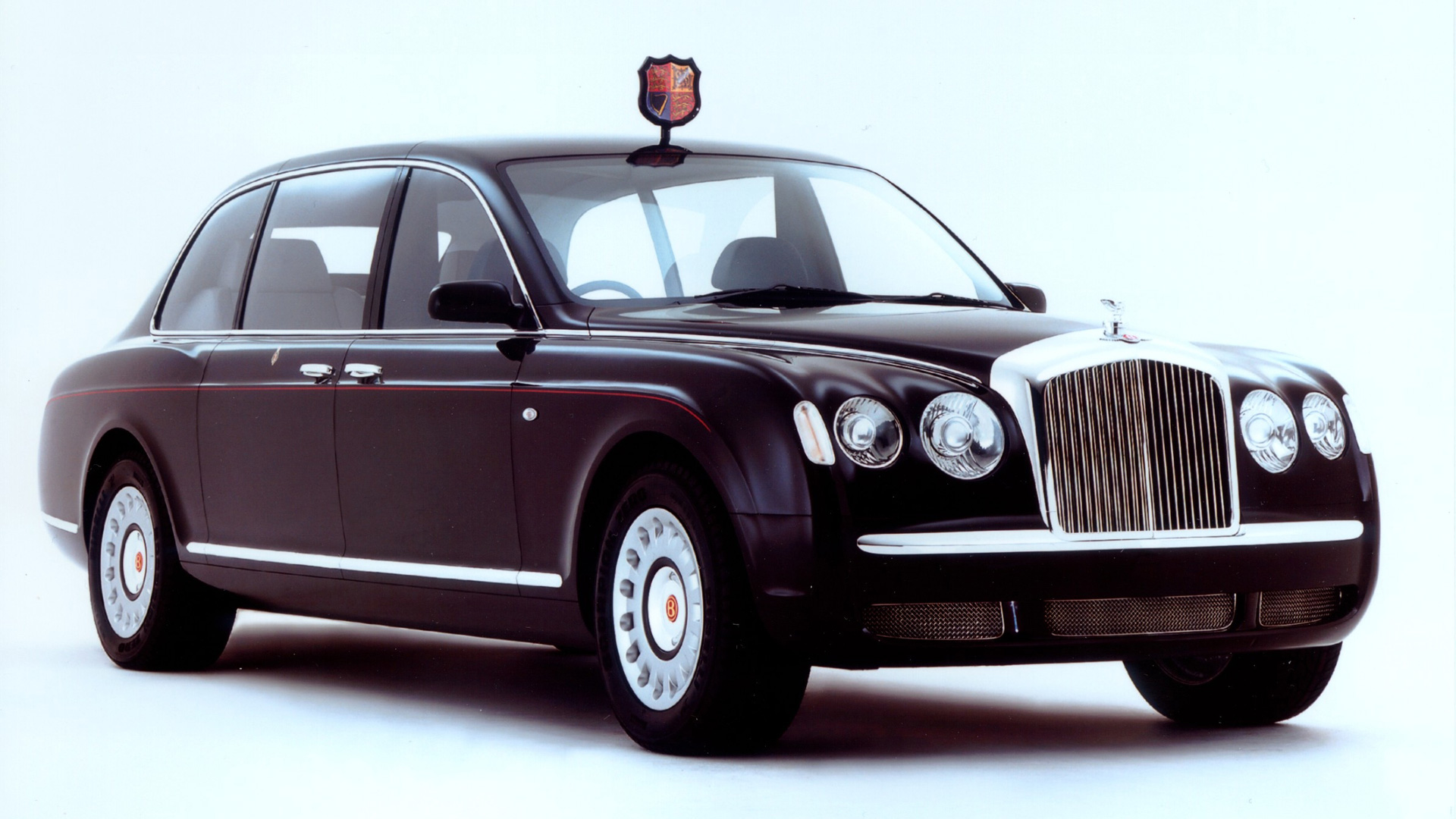
The Bentley Arnage of 1998 was the first new car since 1980 but it shared much in common with the Rolls-Royce Silver Seraph. The Arnage was used as the basis for the Bentley State Limousine, commissioned through Mulliner to mark the Queen’s Golden Jubilee in 2002. The rear seat position was determined using a model of the same height as the Queen, while a panoramic glasshouse was created to provide greater visibility from the outside.
Bentley Continental GT
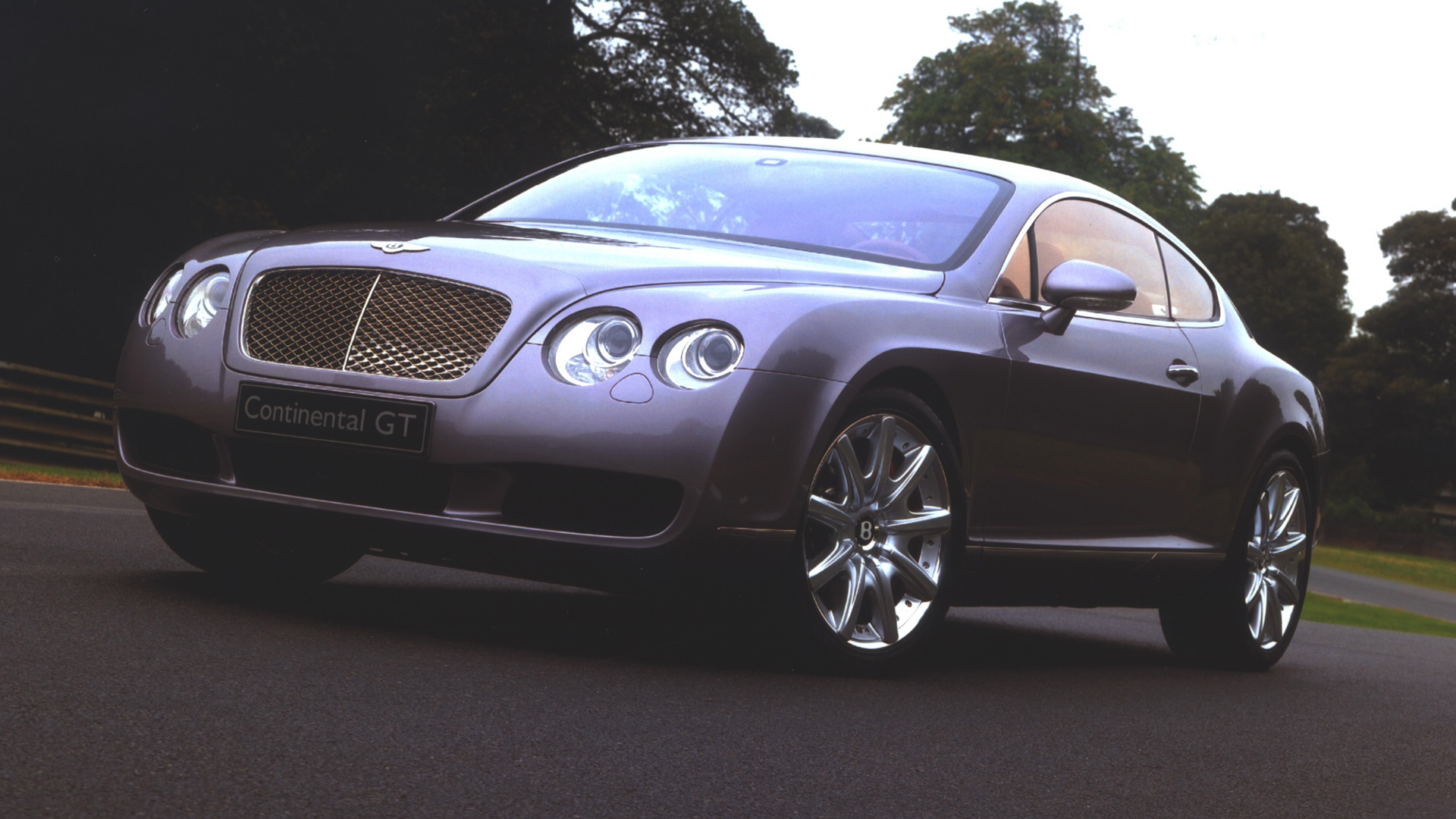
The Continental GT of 2003 was the first all-new Bentley since the Volkswagen takeover in 1998. It caused a huge stir when it was unveiled at the Paris Motor Show 2002, so much so that Bentley was inundated with orders ahead of its launch in March 2003. At its core was a 6.0-litre twin-turbocharged W12 engine, with enough power to propel a Premier League footballer to a top speed approaching 200mph.
Return to Le Mans
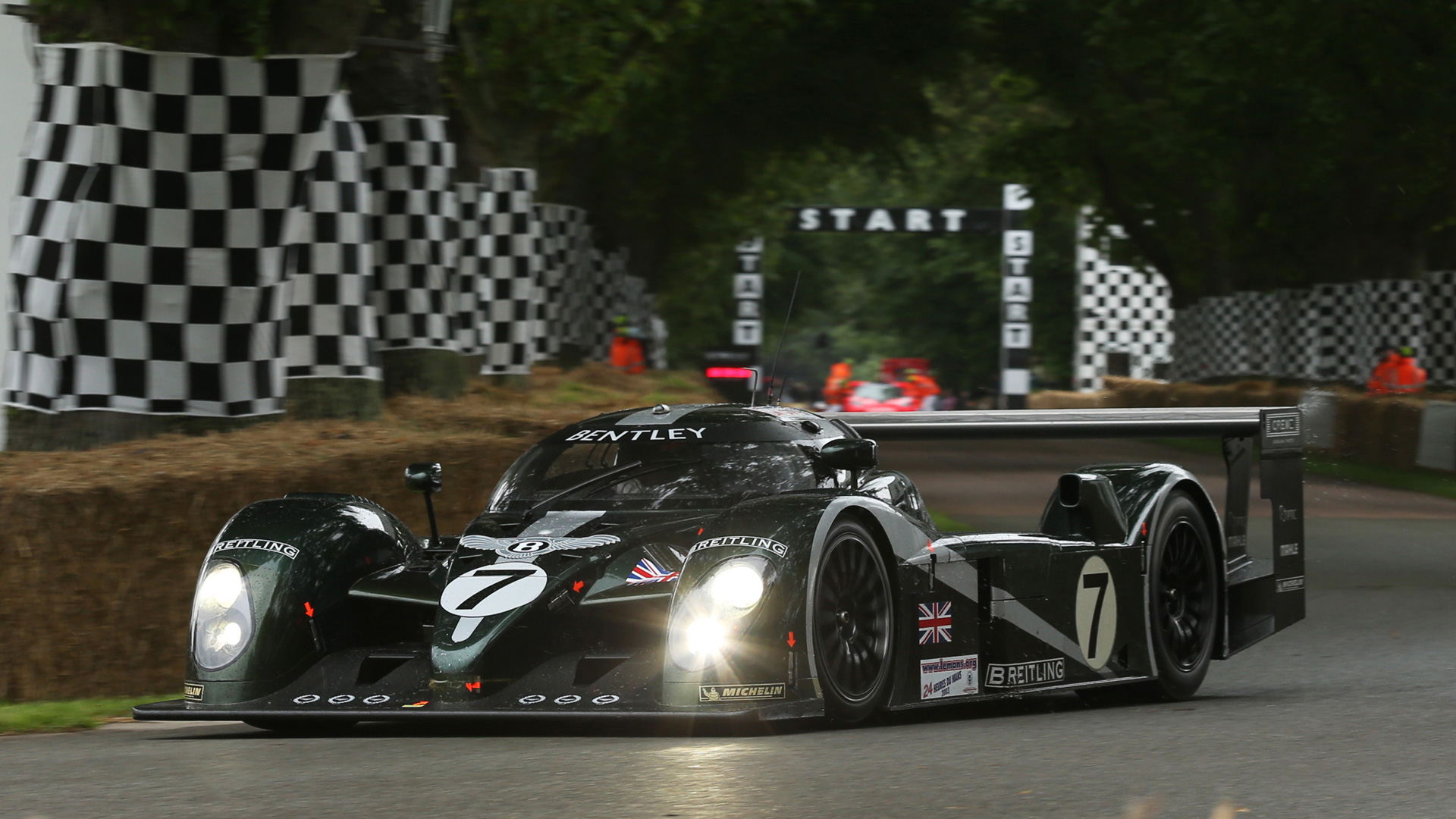
In 2003, Bentley made a successful return to Le Mans when Tom Kristensen, Guy Smith and Rinaldo Capello drove the EXP Speed 8 to victory in the famous race. Two laps behind was the sister car driven by Mark Blundell, David Brabham and Johnny Herbert. This one-two followed a third place in 2001 and fourth in 2002.
Bentley Brooklands inspired by Bentley Boys
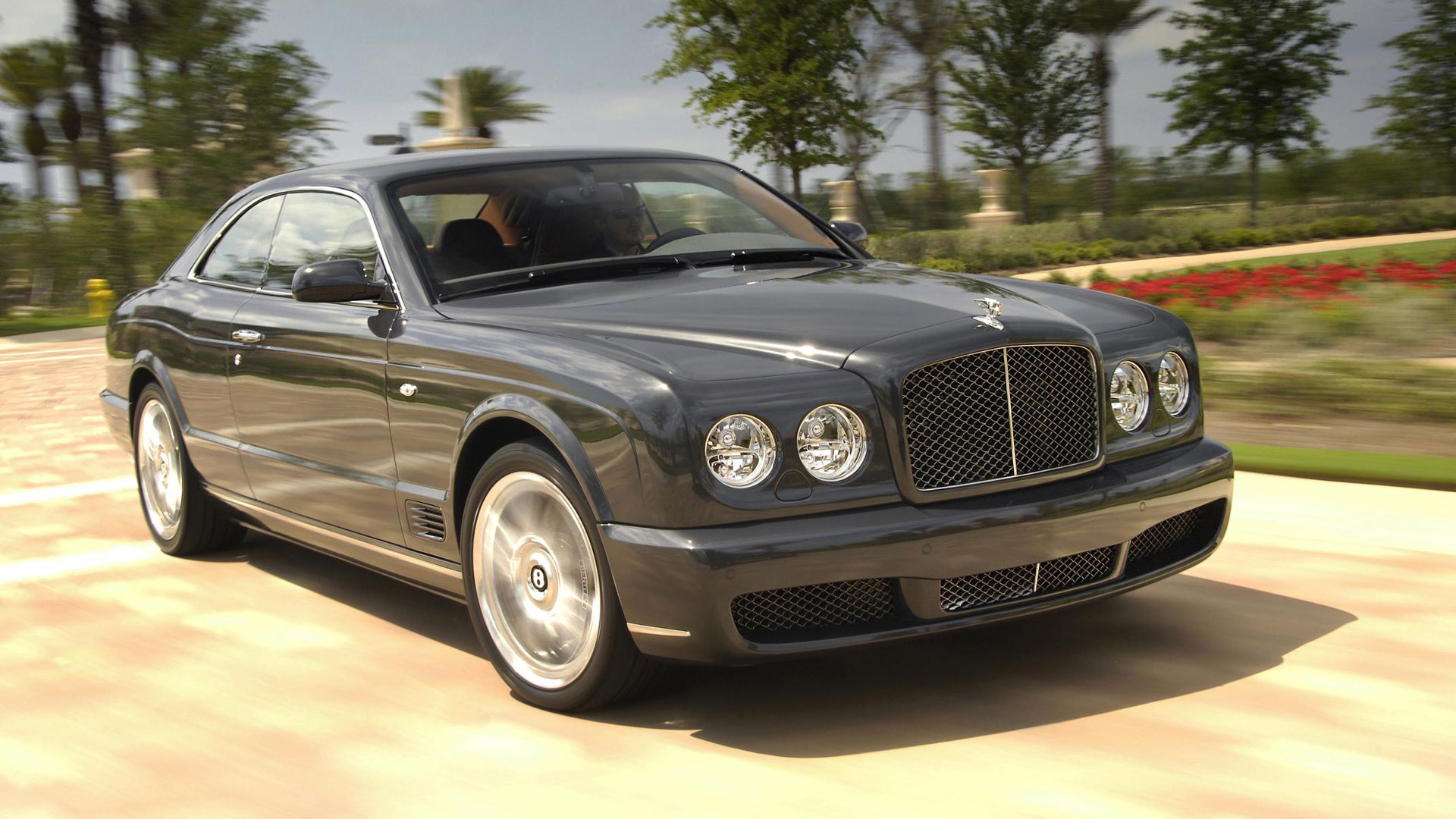
New production models followed, with Bentley increasing the level of luxury while leveraging as much heritage as possible. The brand returned to the luxury coupe model with the Bentley Brooklands inspired by the Bentley Boys. Limited to just 550 cars, the Bentley Brooklands was powered by the most powerful V8 the company had ever produced – a twin-turbocharged 6.75-litre unit producing 530hp.
Bentley Continental Supersports
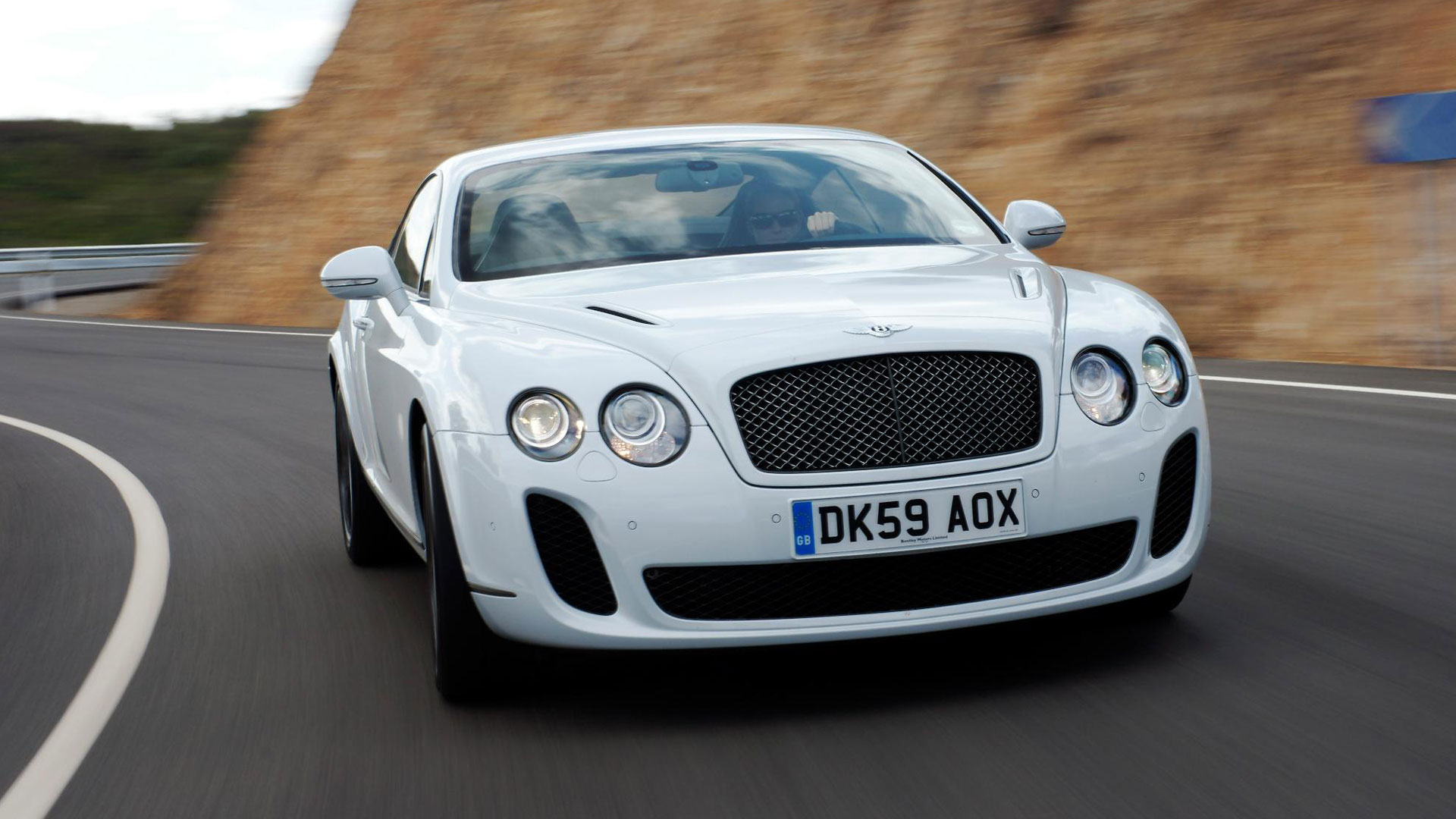
Launched in 2009, the Bentley Continental Supersports was a lightened, two-seater version of the standard Continental with a 6.0-litre twin-turbocharged W12 engine producing 621hp. As a result, it could hit a top speed of 204mph and reach 60mph in just 3.7 seconds. It’s one of a number of performance-led or limited edition Bentleys to arrive over the past decade.
Bentley Mulsanne
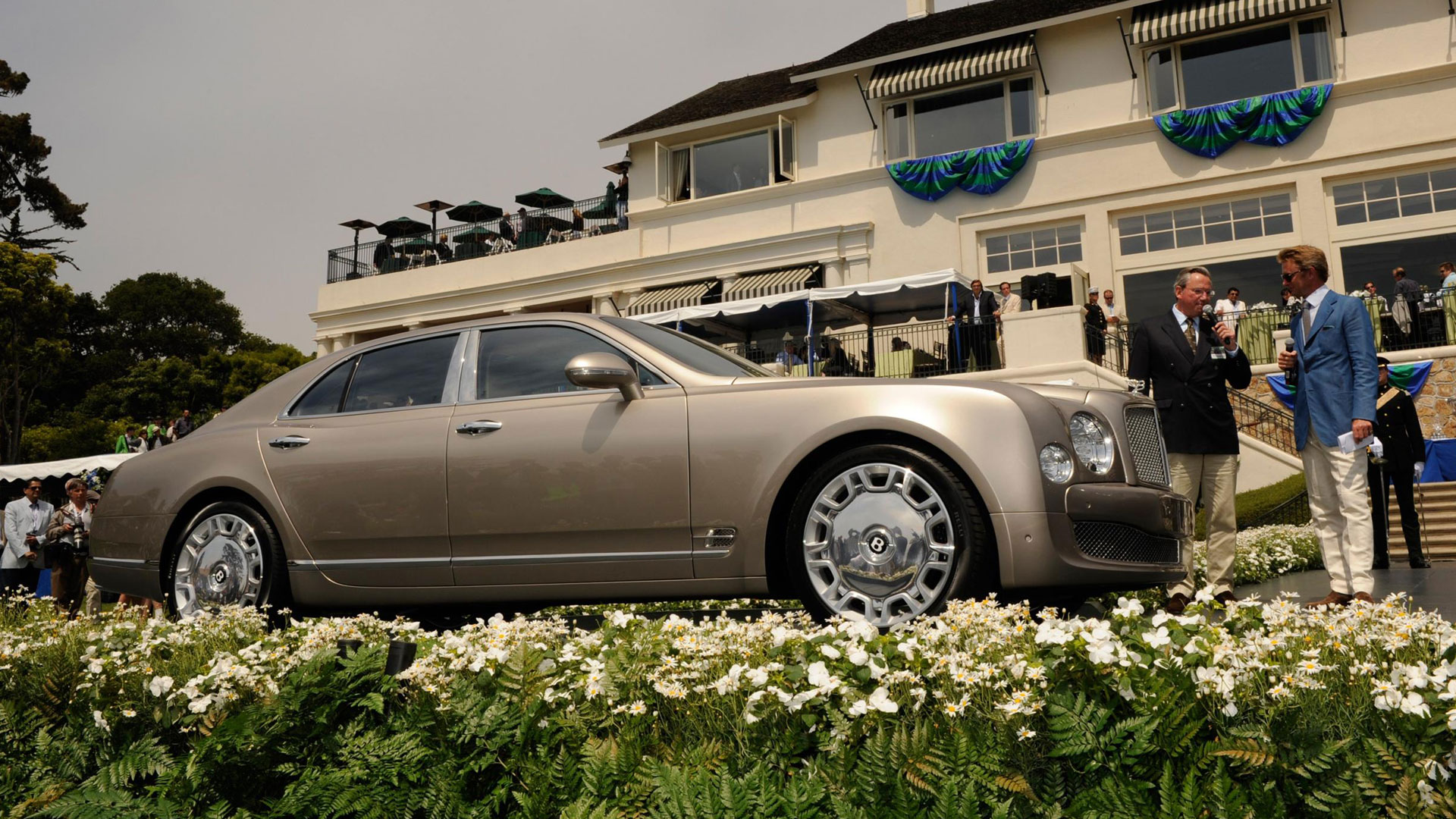
Bentley resurrected the Mulsanne for the replacement of the Arnage, unveiling its new luxury flagship at the 2009 Pebble Beach Concours d’Elegance. Powered by the familiar 6.75-litre V8 engine, the Mulsanne felt less like a car and more like a gentlemen’s club on wheels. As the first bespoke big Bentley since the 8 Litre of 1930, it was a landmark car for the brand.
Bentley Bentayga
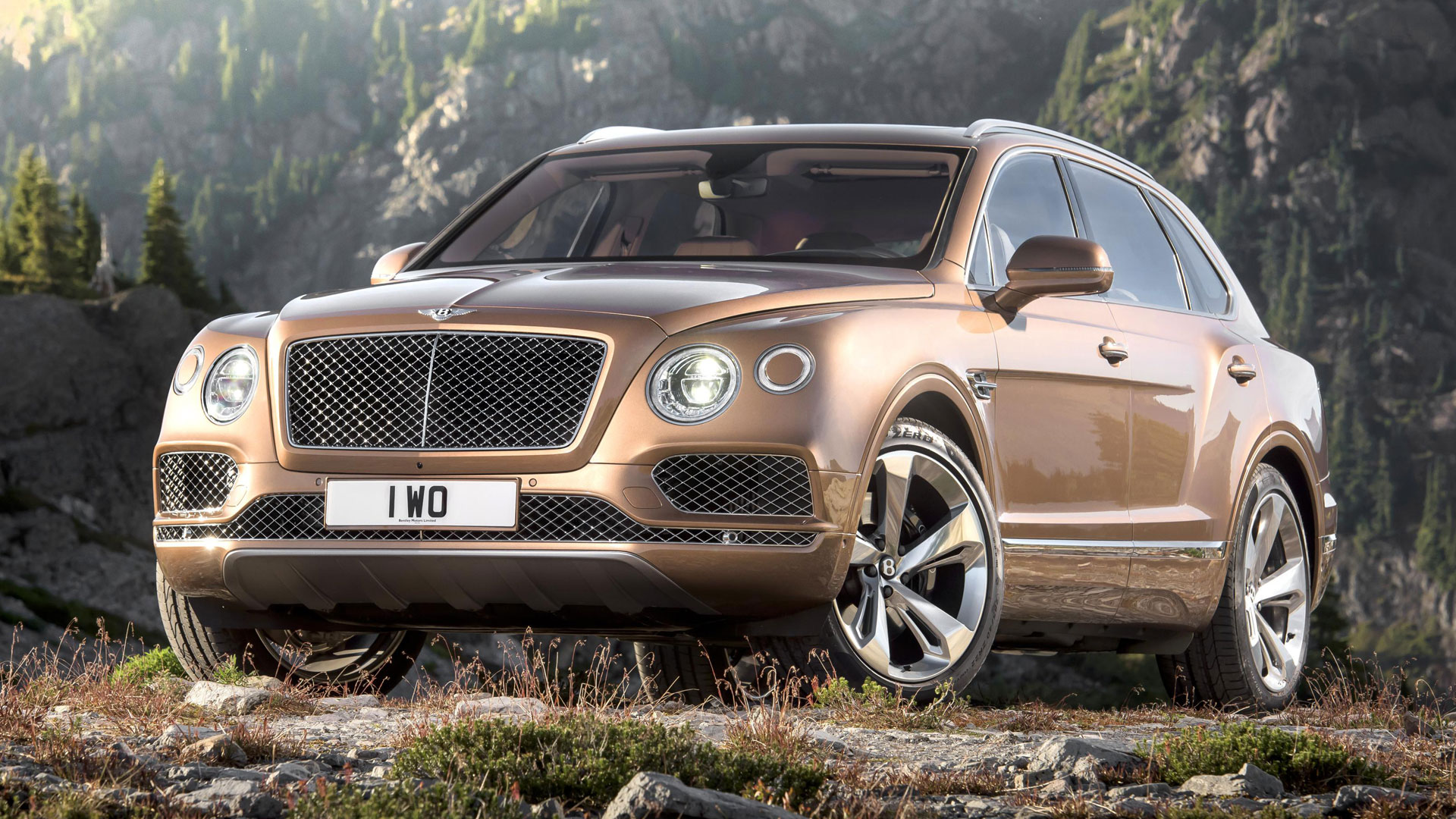
If the Mulsanne felt like a suitable nod to the brand’s history, the Bentayga felt more like a break from tradition. Based on the same platform as the Audi Q7 and Porsche Cayenne, the Bentayga is Bentley’s first SUV and was a development of the aesthetically challenged EXP 9 F concept of 2012. A Bentayga Hybrid has joined the range, with Bentley aiming to offer an electrified version of every car in its range by 2023.
Bentley Continental GT3-R

We’re not going to run through every new Bentley model of the past decade or the company’s recent involvement in motorsport, but we must mention the Continental GT3-R. Launched in 2014 at Pebble Beach, this was the company’s most extreme model, with everything tuned for hardcore driving. Just 300 were built, with each one finished in Glacier White.
Bentley EXP 10 Speed 6 concept

We’ll finish with a few concepts, starting with the sublime EXP 10 Speed 6. Unveiled at the 2015 Geneva Motor Show, the name was a nod to Bentley’s heritage, but the design language was a nod to the future. It was “a bold vision for a brand with a bold future”, said Bentley CEO Wolfgang Durheimer.
Bentley EXP 12 Speed 6e concept
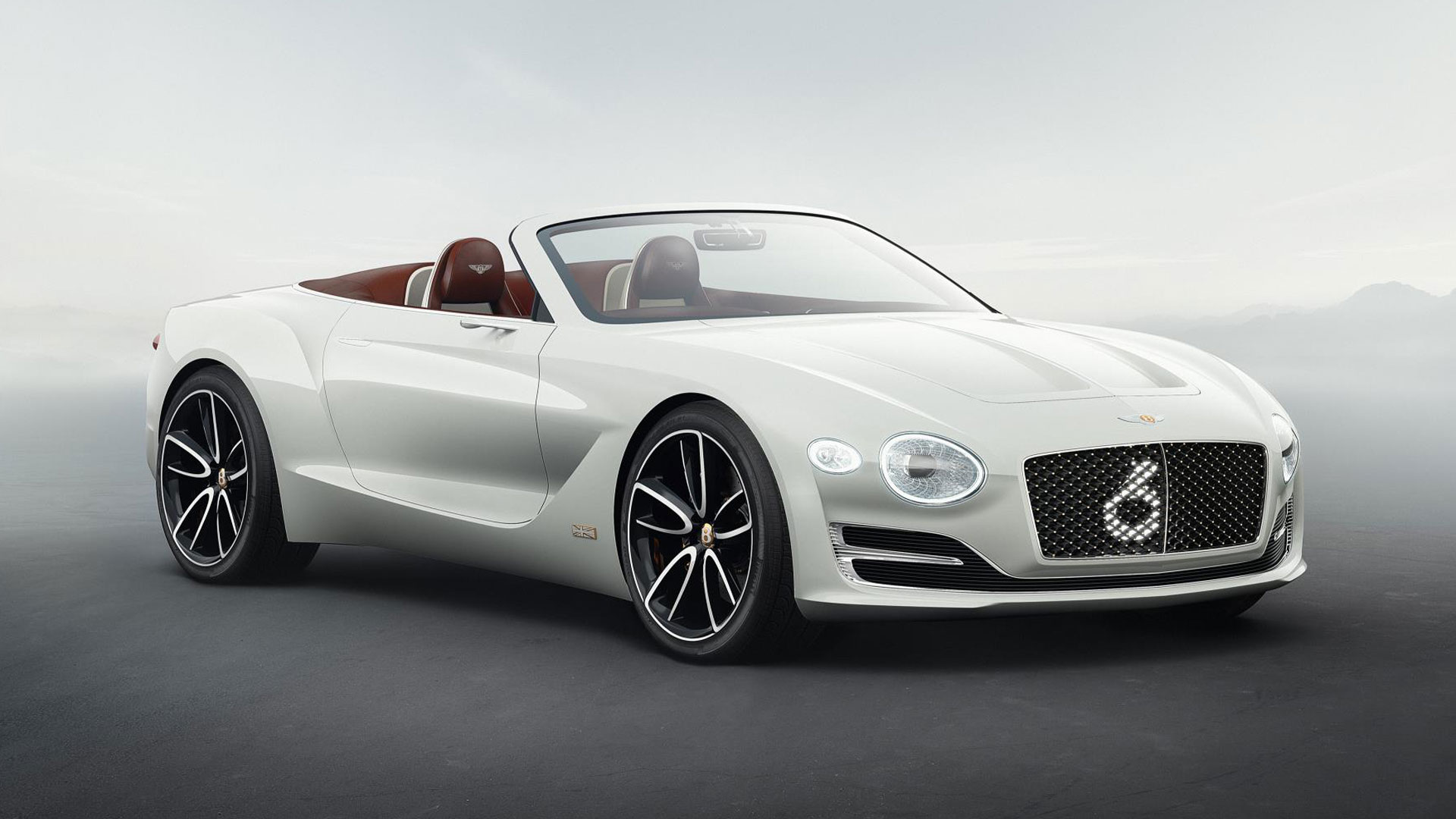
The EXP 10 Speed 6 led to the creation of the EXP 12 Speed 6e – the clearest indication yet that the company is destined for an electrified future. Launched at the 2017 Geneva Motor Show, Bentley said it “would be built with the capacity to drive from London to Paris or Milan on a single charge”, which brings to mind images of Woolf Barnato and the Bentley Boys. A fitting conclusion to this brief history of the Bentley brand.
Bentley EXP 100 GT
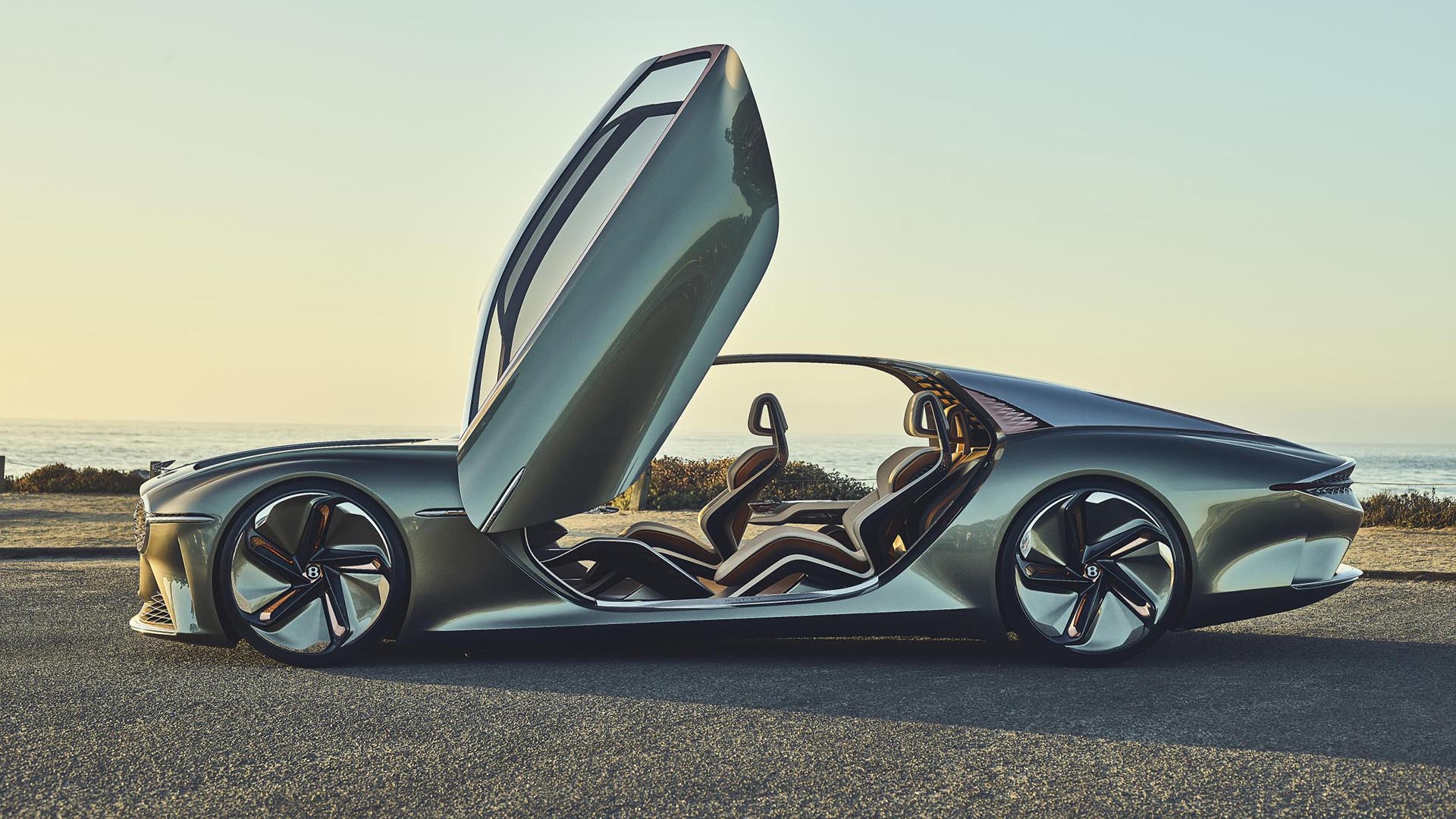
Here’s the car that inspired the new Bentley Bacalar: the EXP 100 GT. Unveiled in 2019 to mark 100 years of Bentley, the all-electric concept is a vision of a fully autonomous future for the company. It’s also an environmental showcase, featuring sustainable wool, paint using a byproduct from the rice industry, plus another material that is a byproduct of the wine-making process. Cheers.